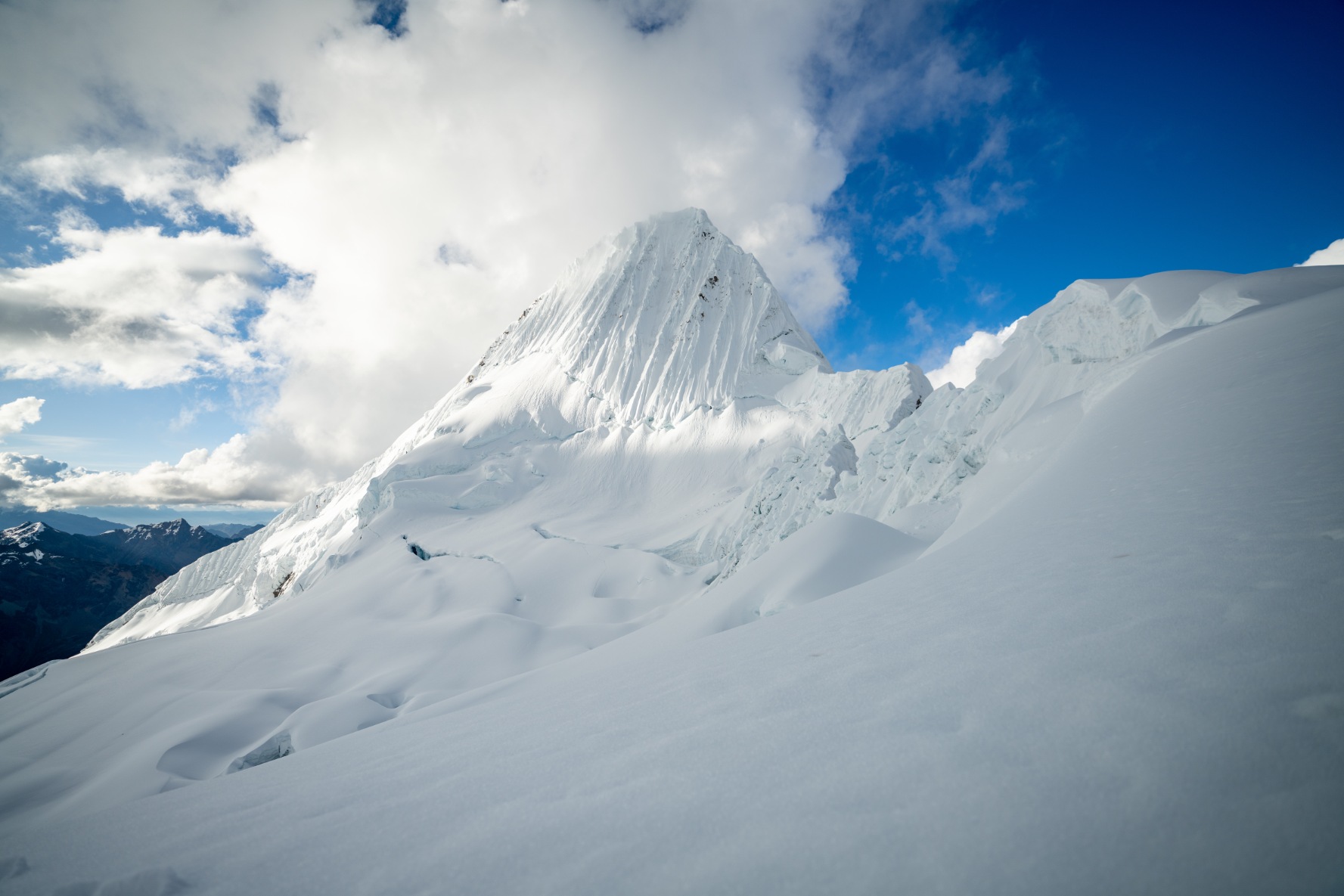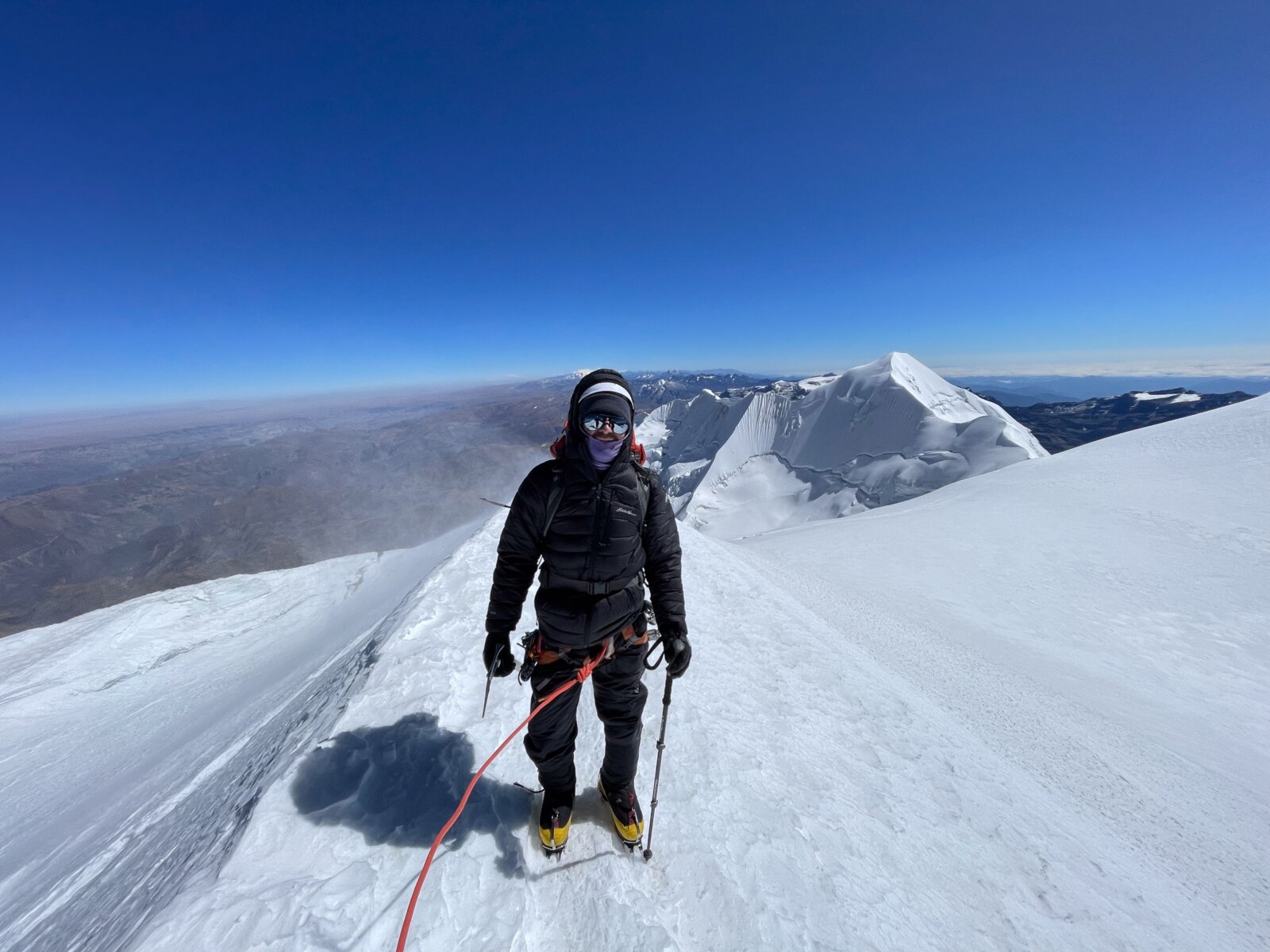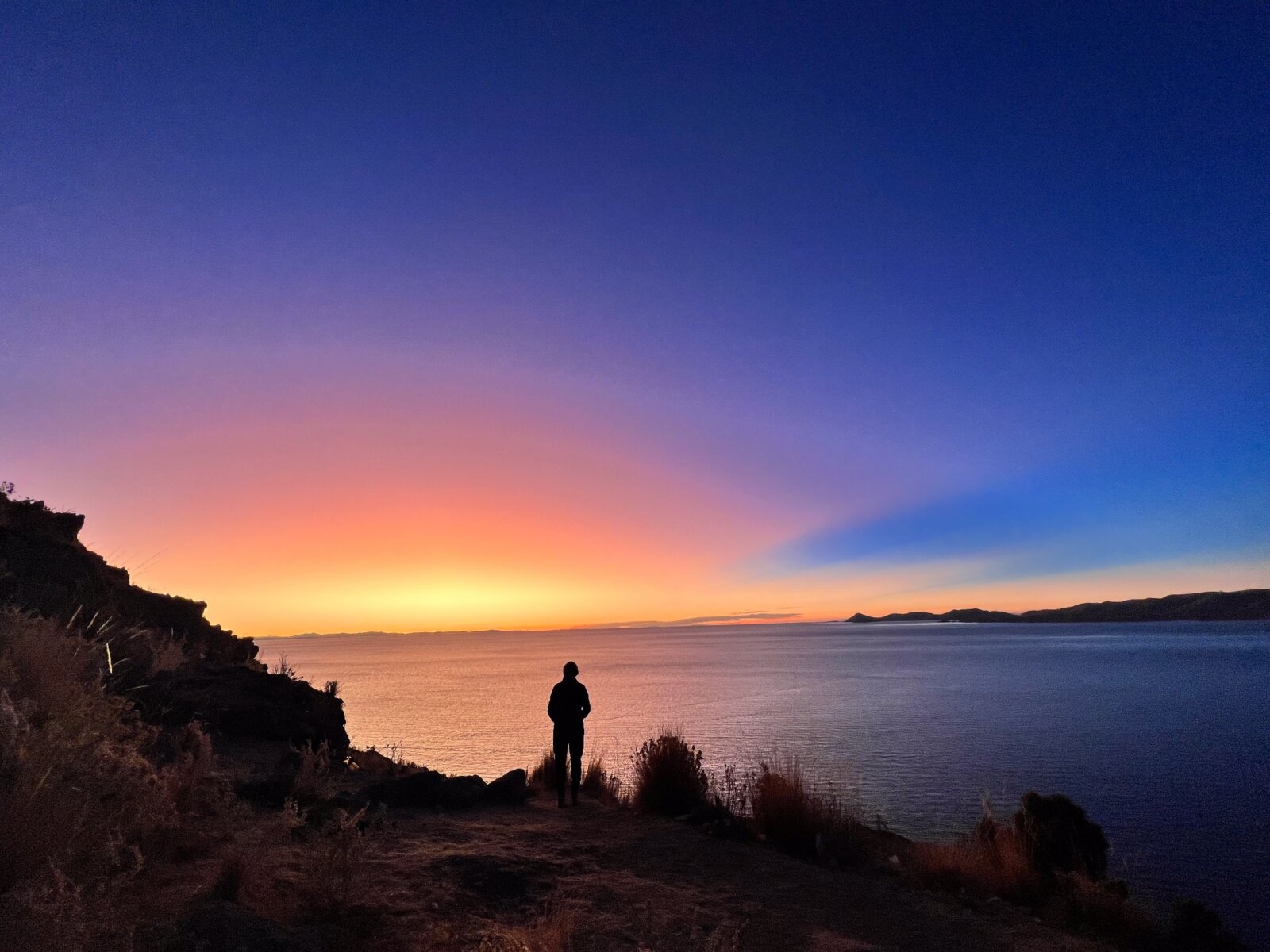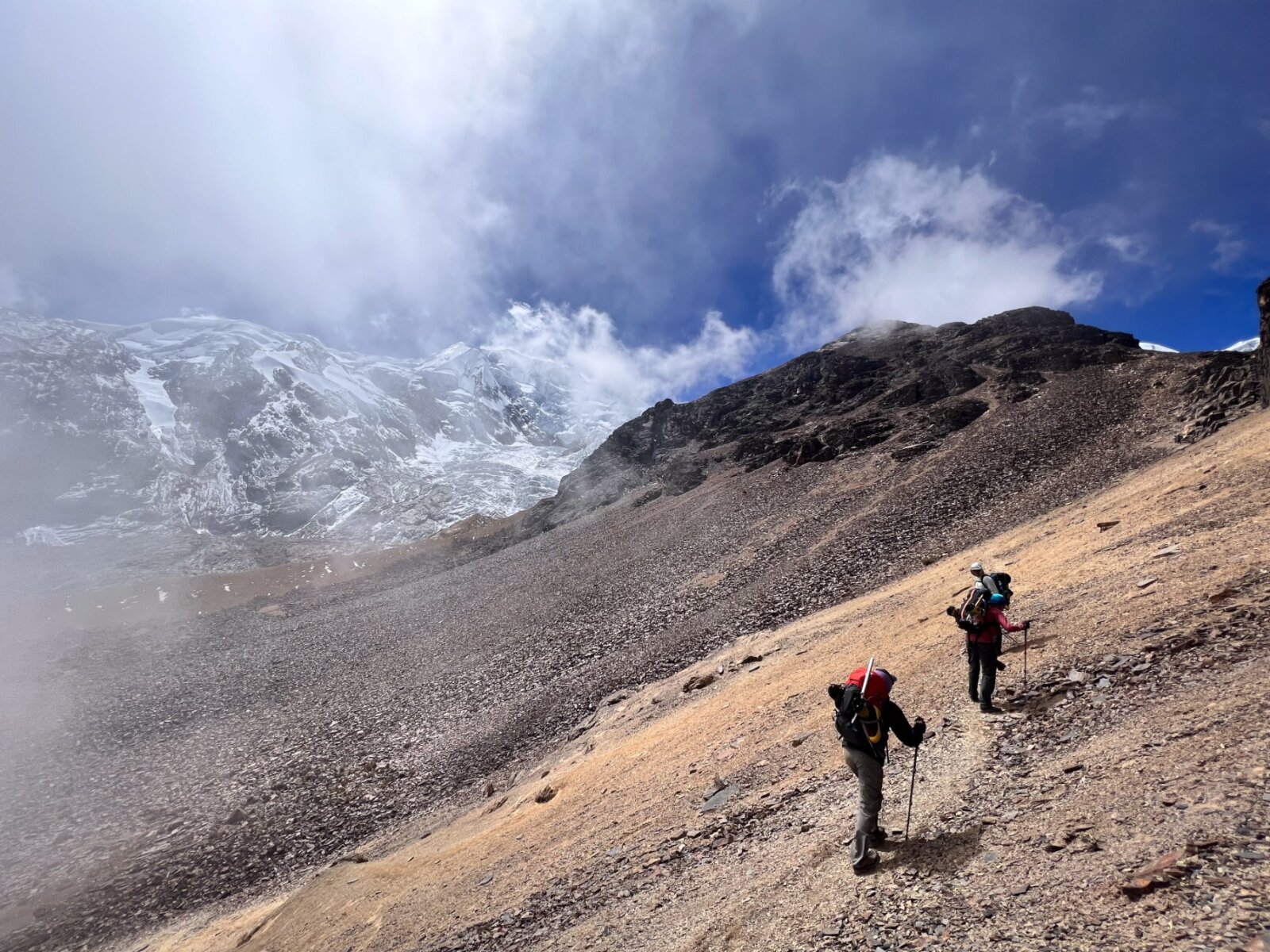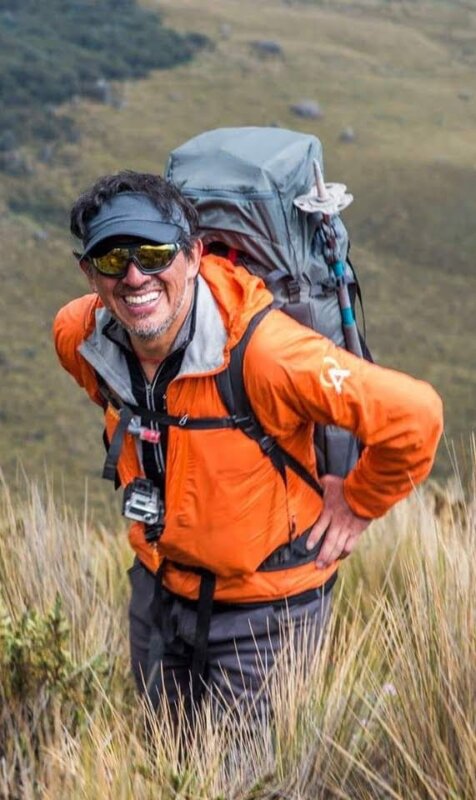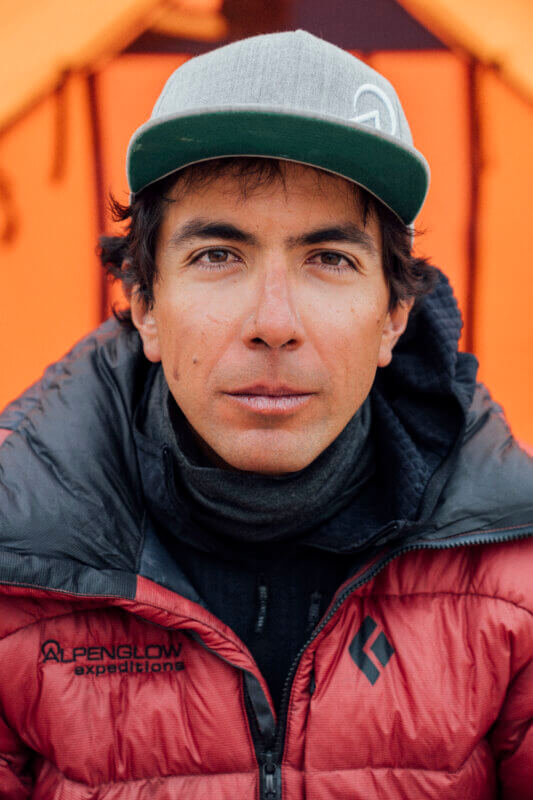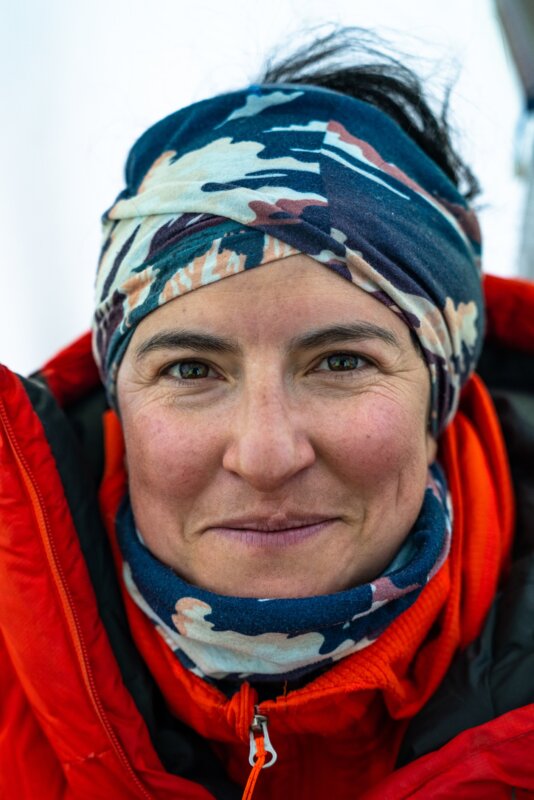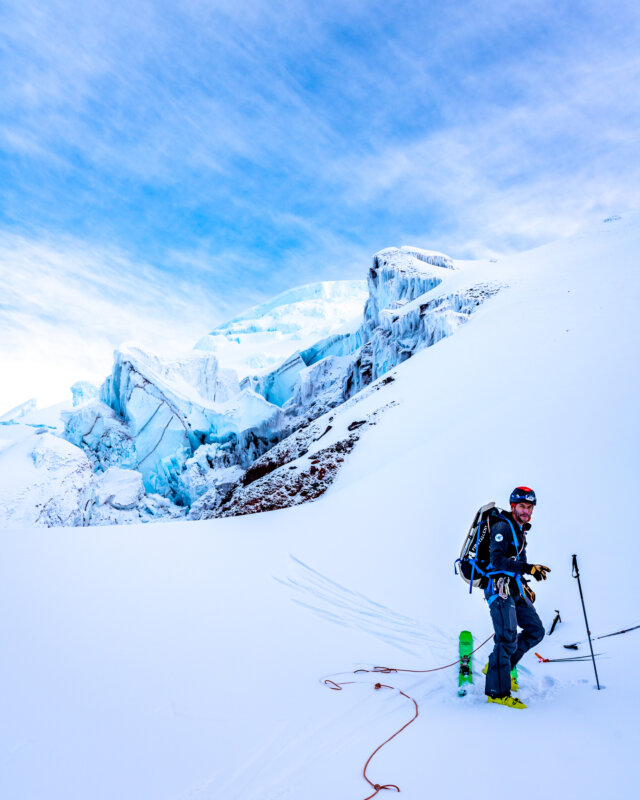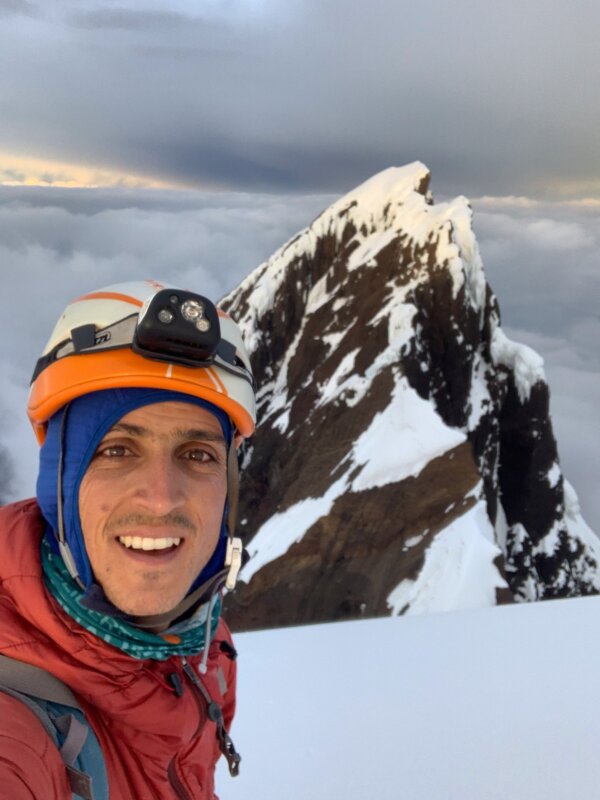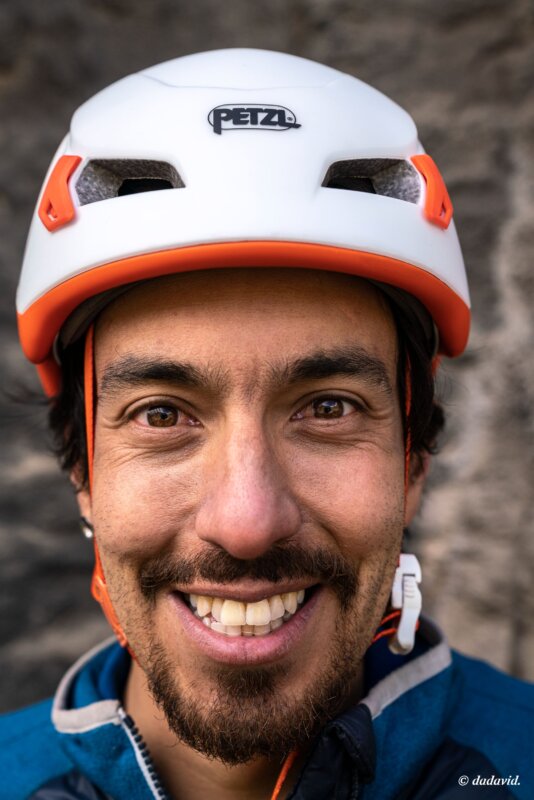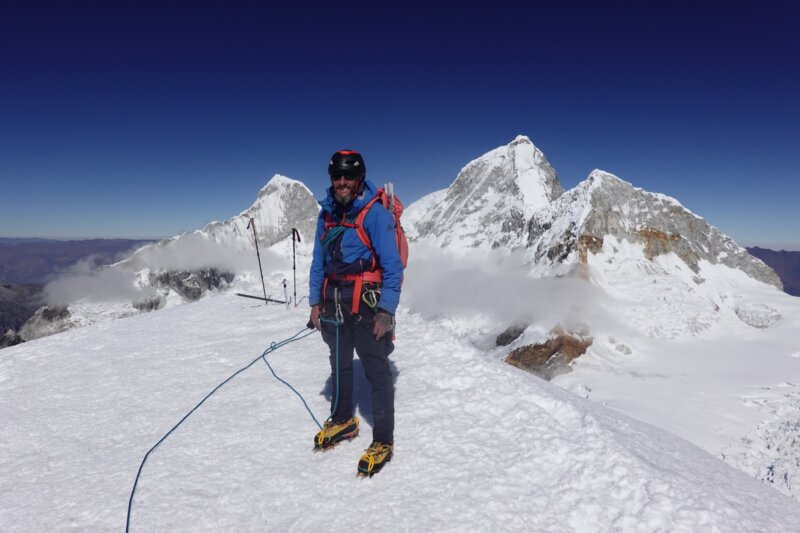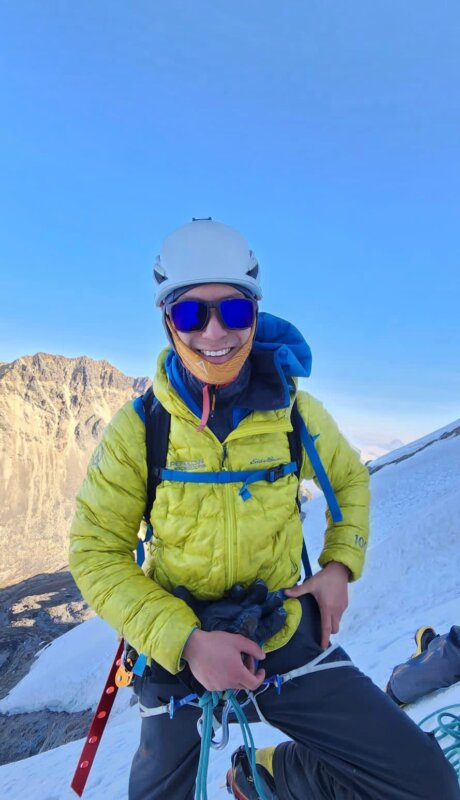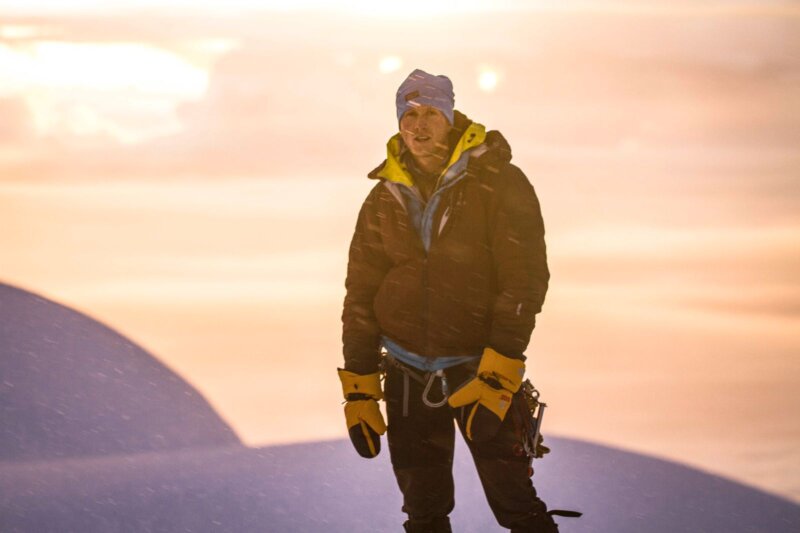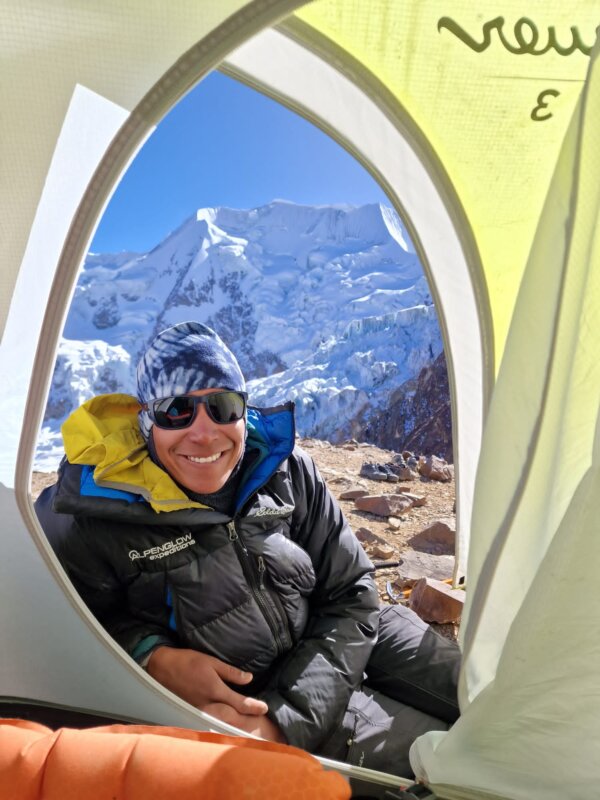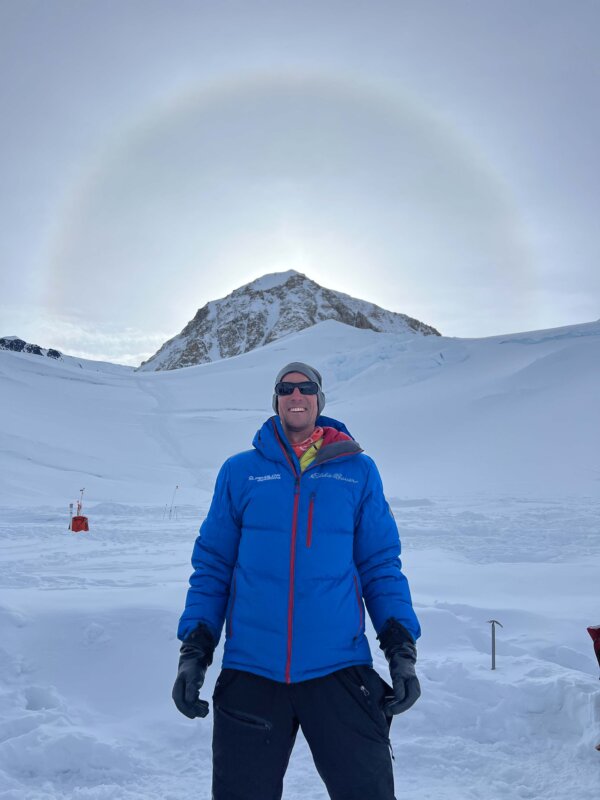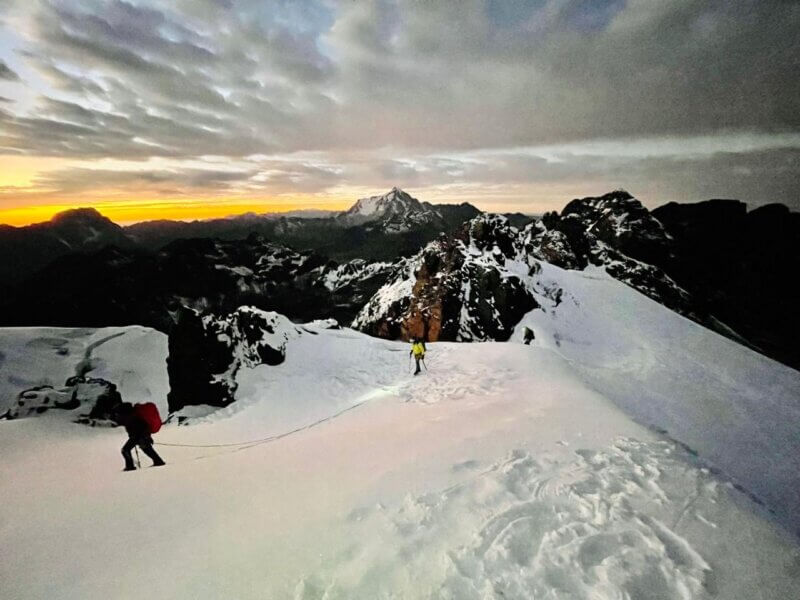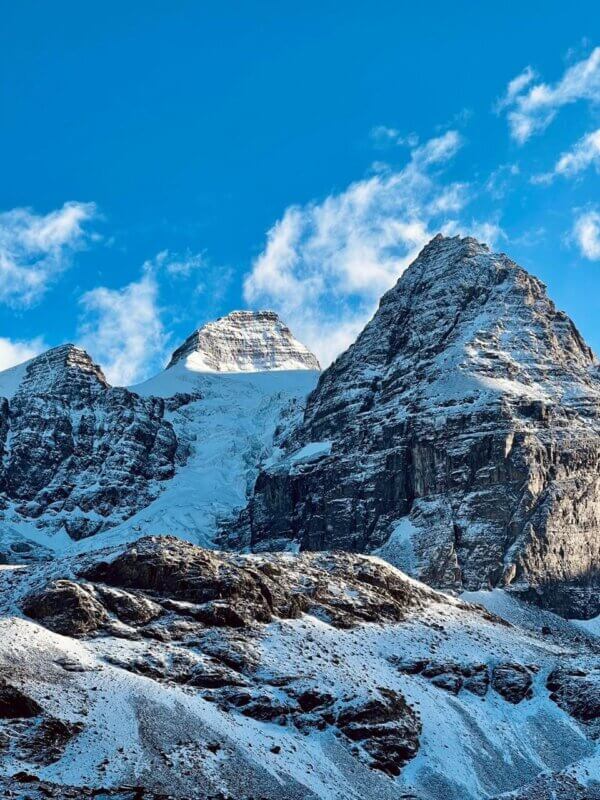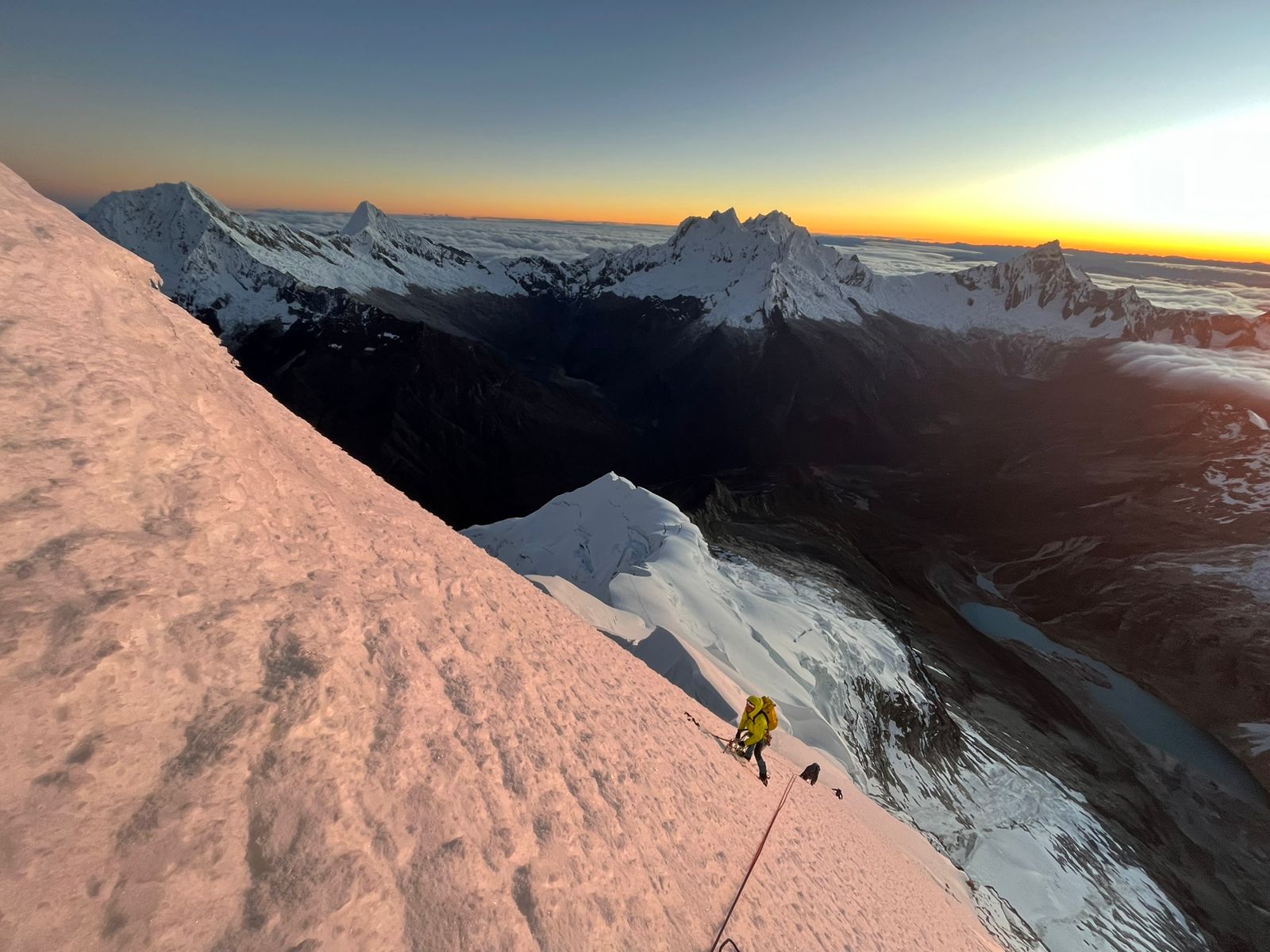Mountains Of Bolivia Expedition
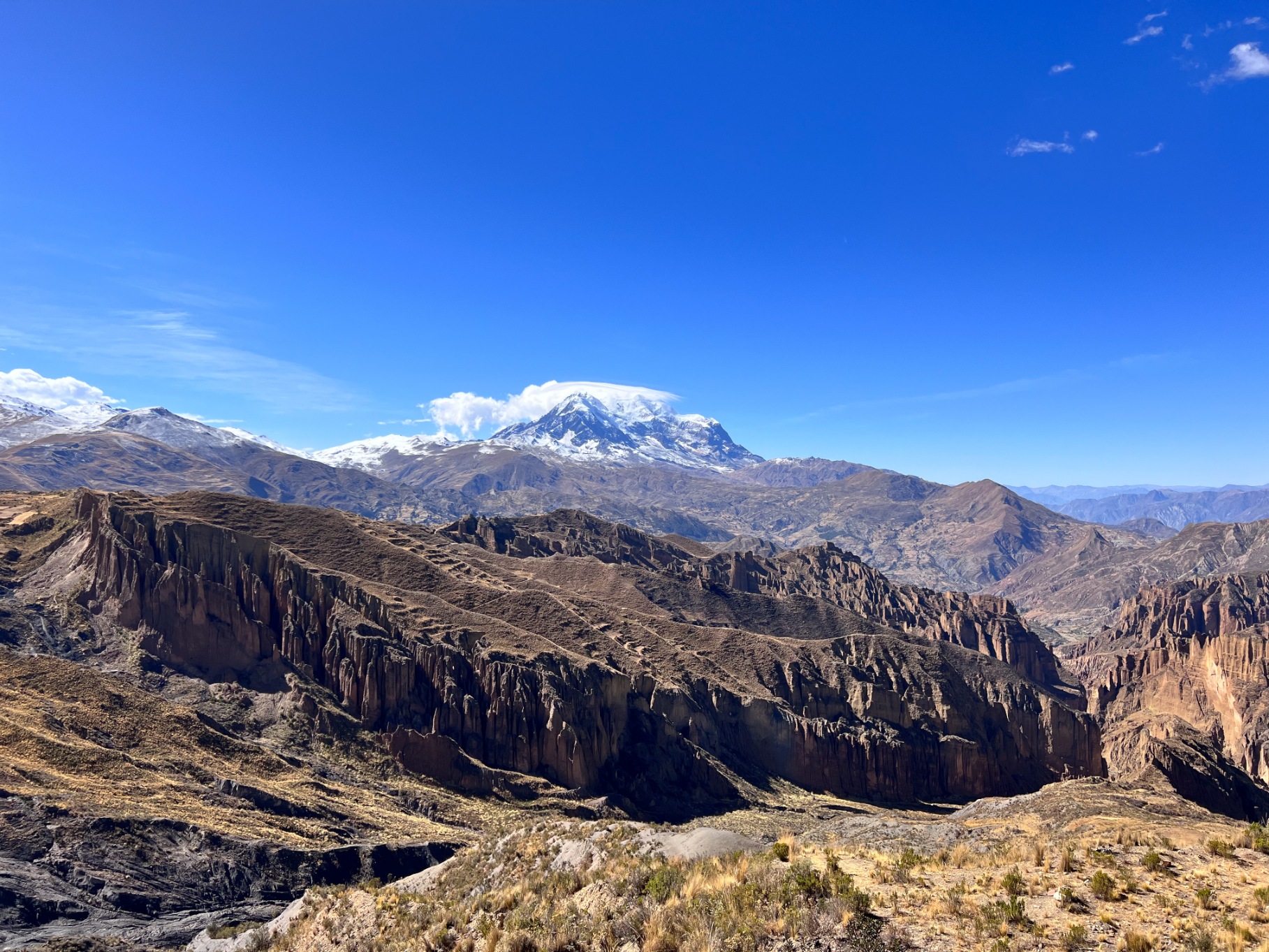

Mountains of Bolivia Expedition
The Alpenglow Approach has been developed over the past two decades, and our expertise in Bolivia gives you the best possible experience while climbing in the Cordillera Real.
- CERTIFIED AND PROFESSIONAL GUIDES
- HIGH END TRANSPORT AND LODGING
- QUALITY LOGISTICS AND MOUNTAIN INFRASTRUCTURE
- PORTERING AND FRESH FOOD
- OFFICE STAFF SUPPORT
- July 18, 2026 – July 30, 2026Optional extension through Aug 3, 2026
- July 17, 2027 – July 29, 2027
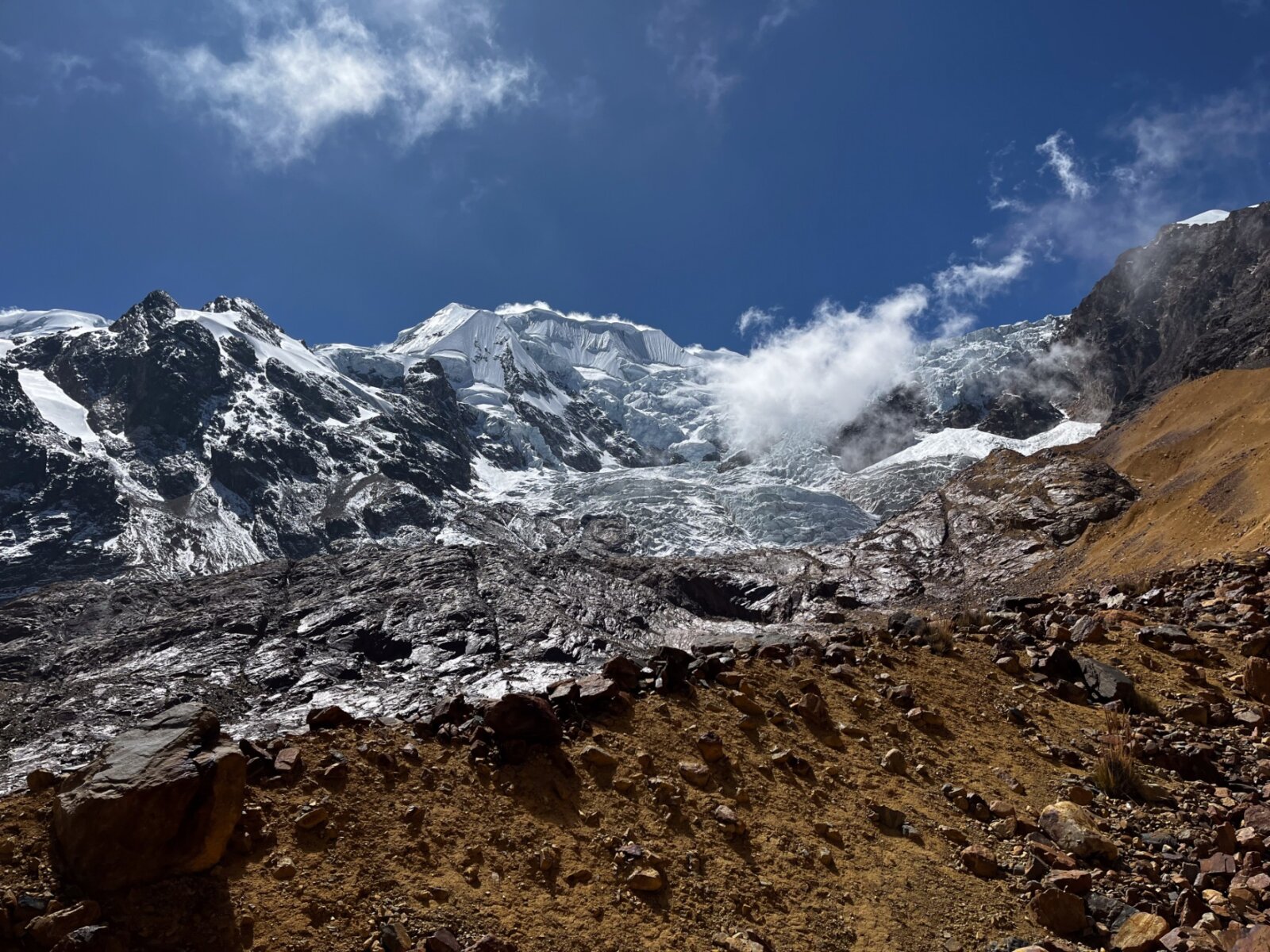
Bolivia is a climber’s dream.
Of all the Andean countries, Bolivia remains the least touristy and most adventurous. It offers all the attractions of its more popular neighbors but remains a well-kept secret from the masses. This provides a unique opportunity for adventurous climbers.
Even its capital city of La Paz is made for mountaineers, situated in a valley at 11,900’/3,627m. The city contains the highest international airport in the world at 13,200’/4,023m. This means our acclimatization begins as soon as we land in Bolivia. We will take full advantage of this acclimatization time and spend two days exploring the Andean highlands and seeing the sights of La Paz. During this time, our bodies will adapt to living and sleeping at the same elevation as most of Colorado’s summits! We will also spend two days on Lake Titicaca, the highest navigable lake in the world, where we will visit the famous Reed Islands.
Climb Pequeño Alpamayo
From Lake Titicaca, we will attempt our first peak, Pequeño Alpamayo 17,482’/5,329m. Like its taller Peruvian neighbor, Pequeño’s face is beautiful and offers a technical yet reasonable climb. It is also the ideal place to hone your mountaineering skills. We will spend five days practicing glacier and climbing skills, acclimatizing, climbing sub-peaks, and finally making our summit bid. The summit day consists of traversing a moderate glacier, climbing two pitches of 4th-class rock, and then navigating steep ice or neve on a knife-edged ridge. After our team makes its summit bid, we will return to La Paz for a hot shower and a much deserved night in a comfortable bed!
Climb Huayna Potosi
At 19,975’/6,088m, Huayna Potosí is taller than all but a handful of peaks in the Americas. After a short drive from La Paz to Huayana’s base camp, we will spend a day practicing steep ice climbing skills on the glacier’s edge. Our summit day route up Huayna Potosí consists of steep glacier travel, huge crevasses, and a final airy ridge to the top. A summit of Huayna is a proud day, and serves as excellent preparation for bigger routes. The views from this summit encompass the countless peaks of the Cordillera Real, the city of La Paz, and on a clear day the distant Sajama — Bolivia’s tallest peak. After our team makes its summit bid, we will descend back down to La Paz for some much needed rest and relaxation.
Climb Illimani
While you have the option to head home after the summit of Huayna Potosi, we encourage those that have the time to stay for an attempt of Illimani (21,125′ / 6439m). Illimani looms over La Paz, and no climber has ever arrived in Bolivia without gawking at its steep flanks and sheer size. With the acclimatization and skills we have gained on Pequeño Alpamayo and Huayna Potosi, we will be ready to tackle the tallest peak in the Cordillera Real. After a beautiful drive through Bolivian farmland and small indigenous towns, we will arrive at our Illimani base camp. From there, and with the assistance of local high altitude porters, we will move up to the Nido de Condores, or “Nest of the Condors” — our very aptly named high camp at 18,372’/5,600m. Summit day takes us across an exposed ridge and then onto broad snow slopes, around crevasse fields, and eventually onto the final, classic, knife-edged summit ridge of Illimani.
The Alpenglow Difference
Certified and Professional Guides in Boliva
One of Alpenglow’s AMGA certified lead guides will lead our Bolivia expedition. AMGA (American Mountain Guides Association) certification is the most prestigious in the world, attained only by the most experienced and dedicated guides. Our lead guides have traveled and climbed extensively in South America and intimately know the Bolivian Andes. Their knowledge of Andean culture as well as the mountains, combined with their passion for teaching others to become competent mountaineers, guarantees that your experience will be one to remember! We combine our guides’ experience with the local expertise of one of Bolivia’s original logistics operators, a great cook, and our small team size (maximum ratio of three climbers to one guide) to ensure that you stay healthy, strong, and are able to enjoy each component of your experience.
Quality Logistics and Base Camp Infrastructure in Bolivia
When it comes to climbing in the Cordillera Real, quality = success. We provide the highest quality logistics possible in Bolivia. From high end lodging in La Paz, to portering helping carry our gear into base camp, to the fresh food that will be cooked by our trained chef. Our logistics are set up with intention; to provide the best mountain experience.
Connect with the team about Bolivia
FITNESS
TECHNICAL
ALTITUDE
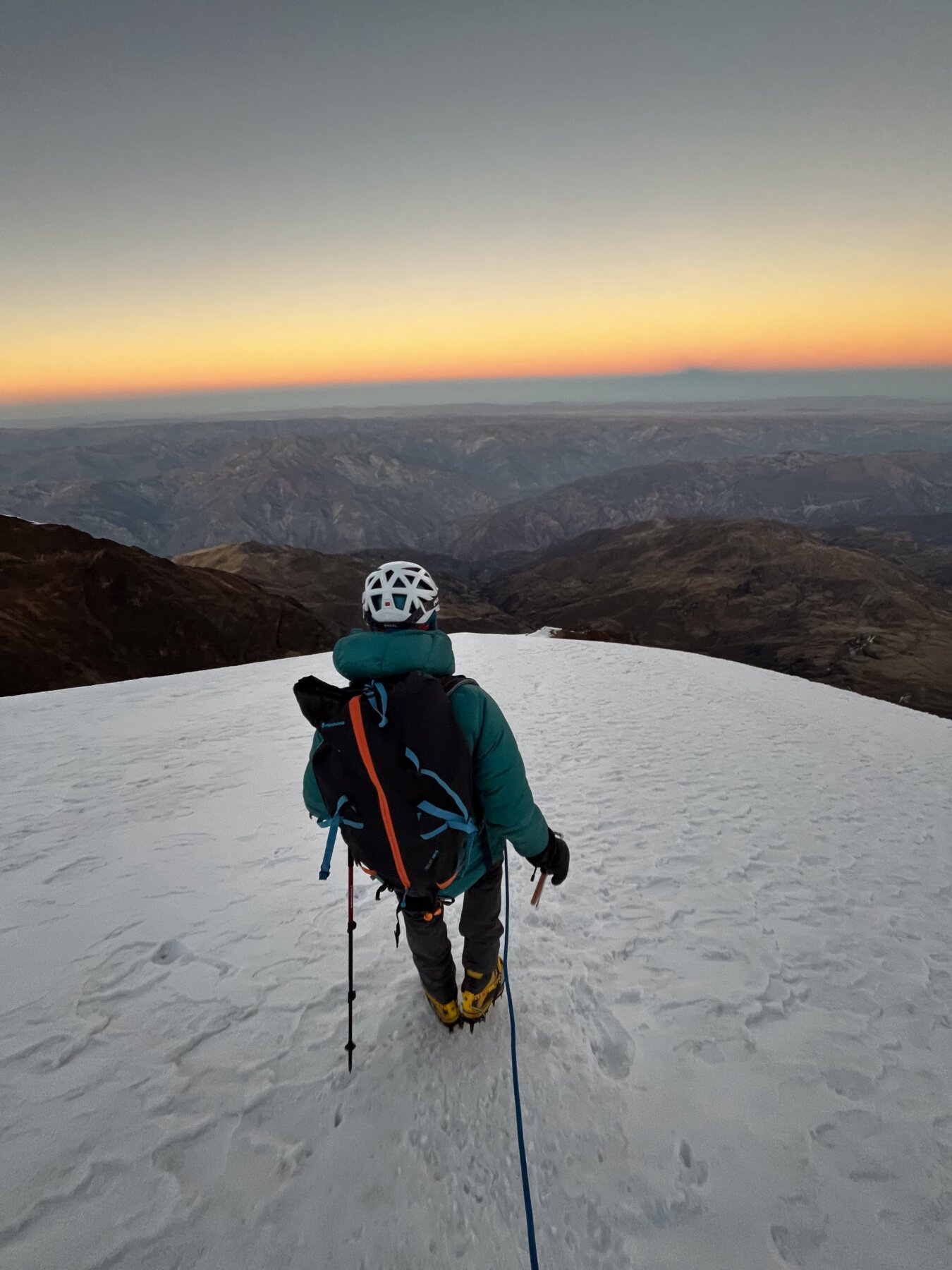
Mountains Of Bolivia Expedition Itinerary
- Day 1
- Arrive in Bolivia
Arrive in La Paz International Airport (13,200’/ 4,023m). Spend the day acclimatizing, followed by a team welcome dinner.
- Day 2
- Explore and Acclimatize
Visit the ruins of Tiahuanaco. Close to La Paz, the largest archaeological site in Bolivia lends insight into this country’s past, and its Amyara civilization. The ruins date back to 1600 BCE. Exploring these high altitude ruins will also aid our acclimatization. In the afternoon we will continue driving to Lake Titicaca.
- Day 3
- Explore Lake Titicaca
The world’s largest navigable lake, Titicaca sits at over 12,400’ / 3780m. We spend the day on the water, visiting Sun Island and the indigenous people who live there. We spend a second evening in the lakeside town of Copacabana.
- Day 4
- Drive to Tuni + Acclimatization Hike
By now, we are ready to climb! Today we drive to Tuni, a collection of alpaca herder’s huts at 14,000’ / 4267m. We set camp here and take an acclimatization hike.
- Day 5
- Hike to Basecamp
Hike (with llamas to carry our gear) to Condoriri Basecamp. Perched on the edge of a lake below six peaks over 17,000’/ 5,182m in height, it is a stunning place. We set up our base camp at 15,000’/4,572m.
- Day 6
- Climb to Pico Austria
Climb Pico Austria, a non-technical 17,000’ / 5182m peak with fantastic views of all the surrounding peaks. It is a 3-4 hour hike up sand and scree to the summit, and is ideal for acclimatization.
- Day 7
- Skills Day on the Glacier
After a big pancake breakfast we head onto the glacier below Pequeño Alpamayo for a full day of skills. We practice crampon and ice axe use, self-arrest techniques, roped travel, and crevasse rescue.
- Day 8
- Climb Pequeño Alpamayo
Summit Day on Pequeño Alpamayo! Afterwards, we’ll head back to La Paz for rest and recovery.
- Day 9
- Rest Day in La Paz
Rest day in La Paz.
- Day 10
- Head to Base Camp on Huayna Potosi
Today we drive to base camp on Huayna Potosi, near Laguna Zongo (15,700’/4,785m). After establishing camp, we head to the nearby glacier, where perfect ice serac walls up to 100 feet tall allow for some technical ice climbing practice.
- Day 11
- Summit Huayna Potosi
Summit Day on Huayna Potosi! Afterwards, we’ll head back to La Paz.
- Day 12
- Weather Day / Rest Day in La Paz
We’ve built an extra day into the itinerary for weather, or an extra rest day in La Paz.
- Day 13
- Depart / Drive to Illimani Trailhead
Drive east to the trailhead of Illimani. With the help of burros, we make the easy walk into our base camp at 15,000’/4,572m.
Those who are not joining the Illimani extension will depart.
- Day 14
- Climb to Illimani High Camp
Today we’ll leave Base Camp on Illimani and climb to High Camp for a few hours’ rest before an early summit push.
- Day 15
- Illimani Summit Day
A pre-dawn start takes us across Illimani’s glaciers. As the sun rises, we will be nearing the steeper upper slopes, which will test all of the skills we have learned through our two weeks in Bolivia. Reaching Illimani’s summit (21,125′/6,439m) will be a moment for each of us to savor, before descending all the way back to base camp.
- Day 16
- Return to La Paz – Or extra Summit Day
Return to La Paz. This day can also be used as an additional summit day if weather necessitates it.
- Day 17
- Depart for Home
Depart La Paz for home.
Our Guides
Ask us anything about Bolivia
Mountains Of Bolivia Expedition Equipment List
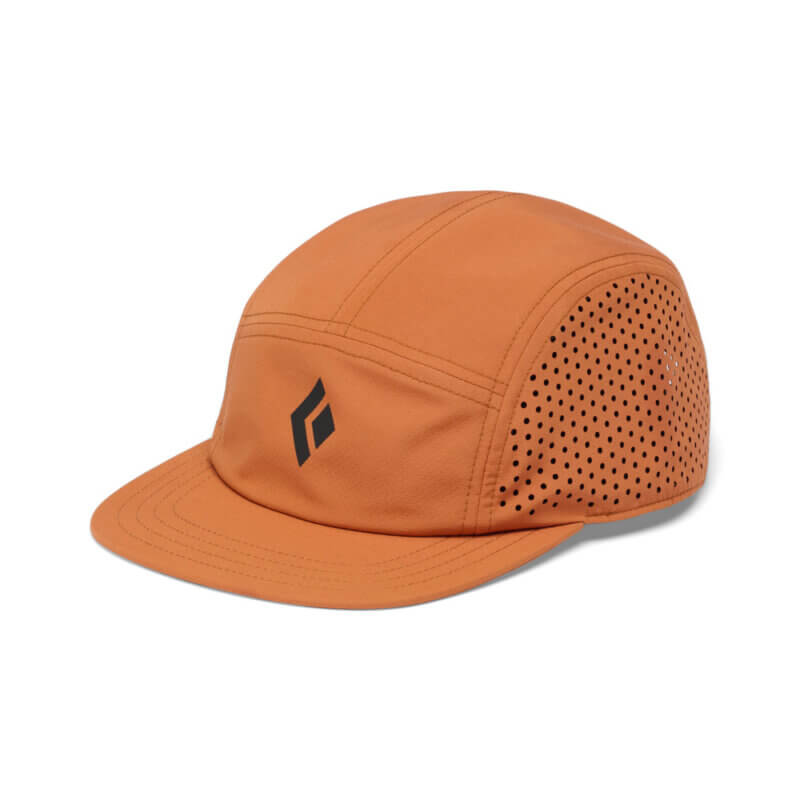 Hat
HatBring your favorite baseball hat for shelter from the sun. No white under the brim – the reflection off of it from the sun is blinding.
Recommended: Black Diamond 5-Panel Synthetic Cap
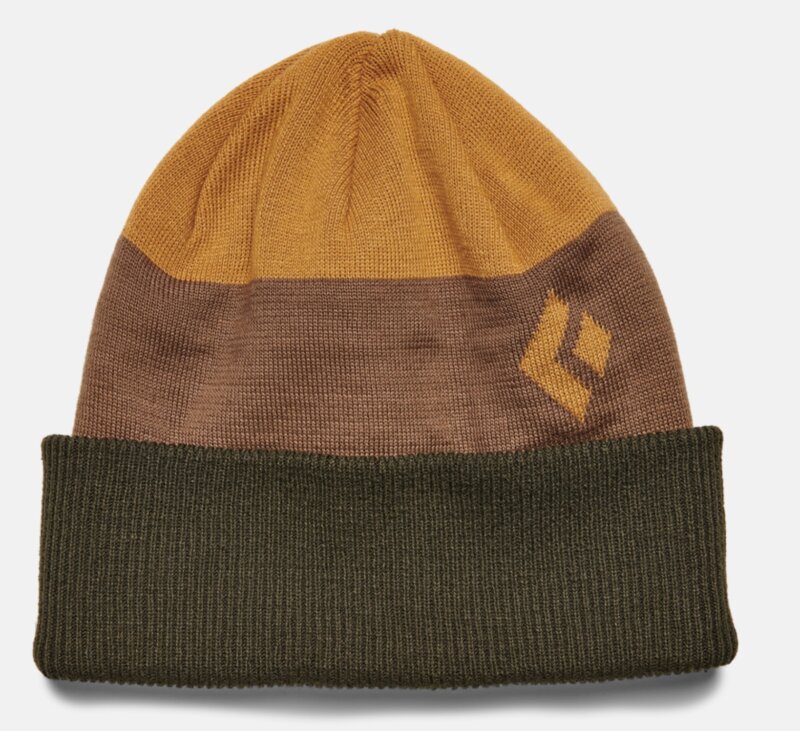 Beanie
BeanieA comfortable, warm well-fitting hat that covers your ears. Make sure that one of your hats fits under a helmet.
Recommended: Black Diamond Levels Beanie
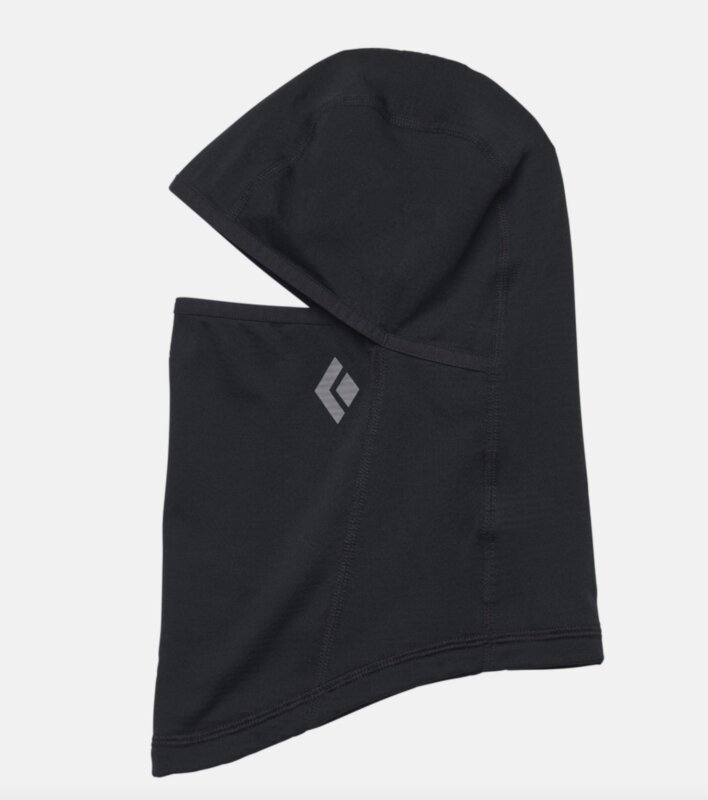 Balaclava
BalaclavaWe recommend a tight-fitting balaclava that is worn under your hat. Make sure that it covers as much skin as possible, but is comfortable enough to wear for hours.
Recommended: Black Diamond Coefficient LT Balaclava
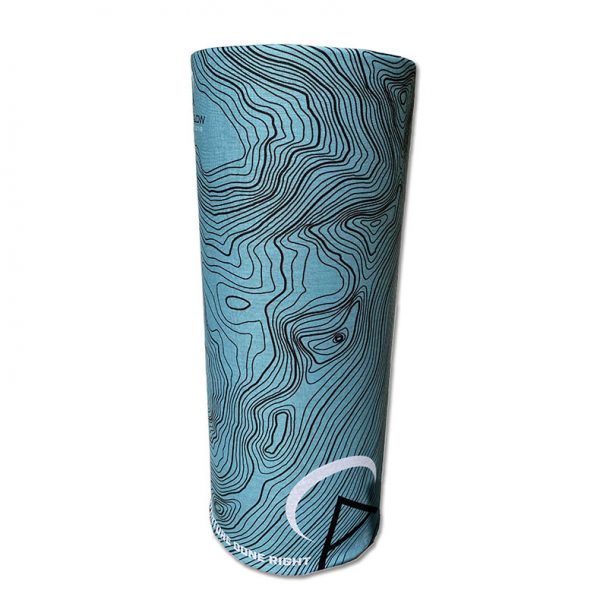 Neck Gaiter (Buff)
Neck Gaiter (Buff)A multi-purpose neck gator that can also be worn under your hat. Make sure that it covers as much skin as possible and yet is still comfy.
Recommended: Alpenglow Buff
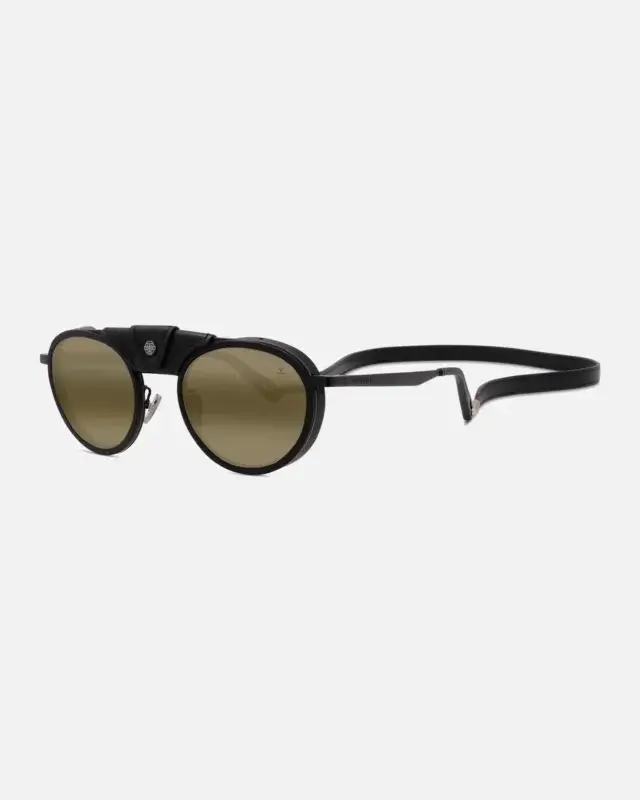 Sunglasses
SunglassesMust have dark lenses. Minimal light should come in below, above, or around the sides of the lenses.“Wrap” style is best. Ventilation is important and a retainer strap is very useful (Chums or Croakies).
Recommended: Vuarnet Glacier 01
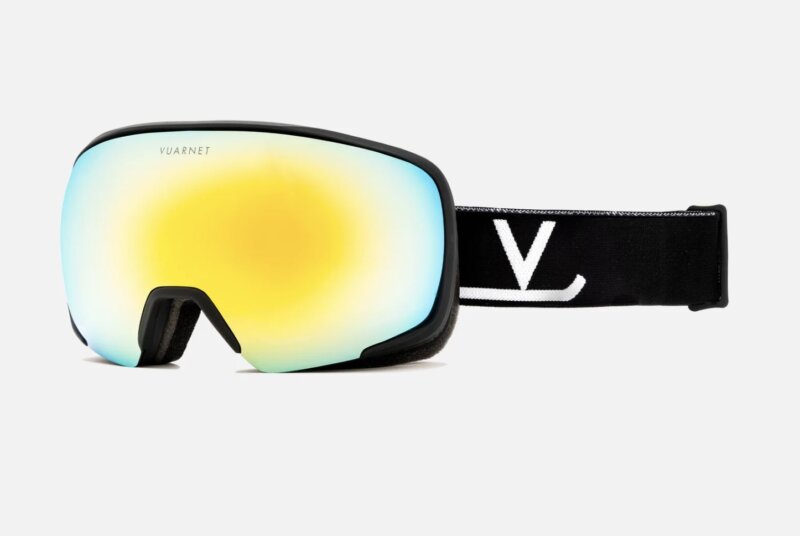 Goggles
GogglesThese will be worn on stormy or windy days. Make sure you are getting a snug fit with lenses for bright sun. Ventilation and anti-fog features are desired.
Recommended: Vuarnet Everest Goggles
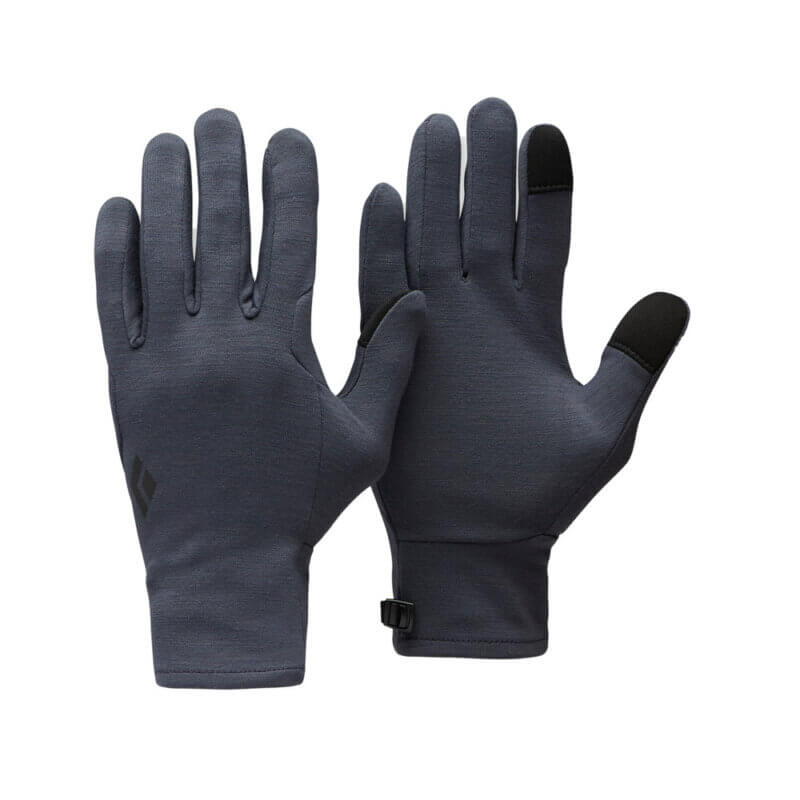 Liner Gloves
Liner GlovesThese gloves keep the inside of your mitts or other gloves from accumulating sweat on the inside and turning inside out when you take them off, as well as provide additional insulation.
Recommended: Black Diamond Midweight Wool Liners
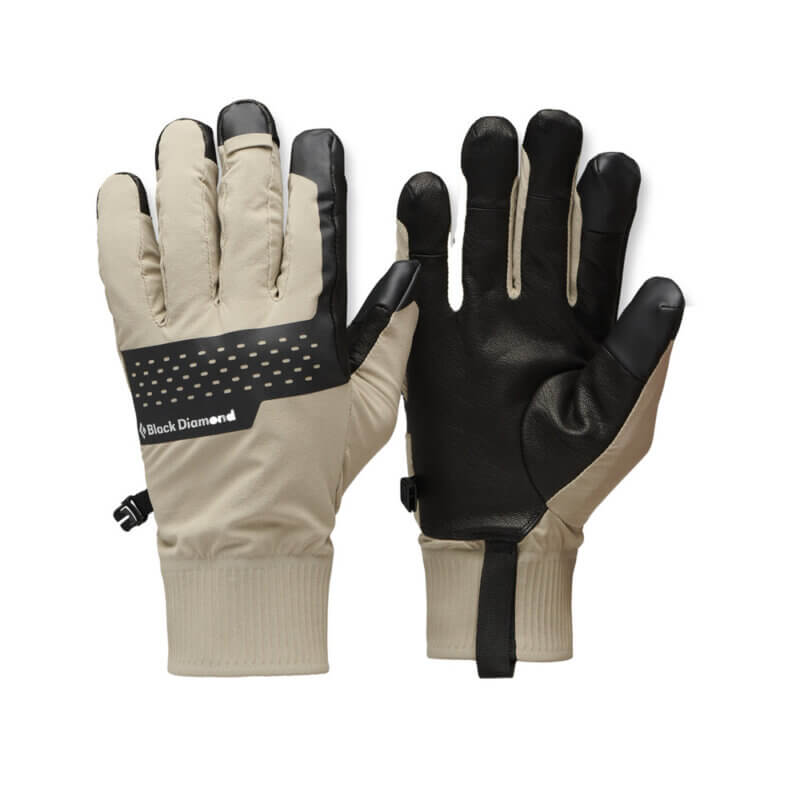 Lightweight Gloves
Lightweight GlovesAll-around gloves for mountaineering, backcountry skiing, and hiking. These gloves (and similar options) are warm, wind-resistant, durable and have a sure grip. You will rarely take these gloves off. They should be snug-fitting, and have some sort of reinforced palm.
Recommended: Black Diamond Alpine Softshell Gloves
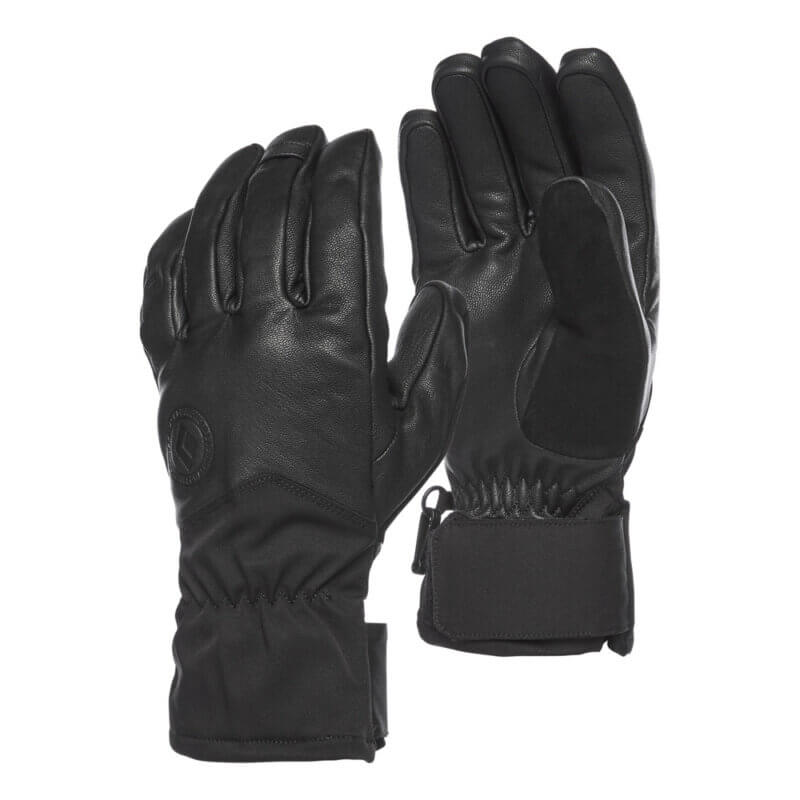 Midweight Gloves
Midweight GlovesThese gloves should be full GORE-TEX®, and insulated. These will be the workhorse glove for any expedition.
Recommend: Black Diamond Tour Gloves
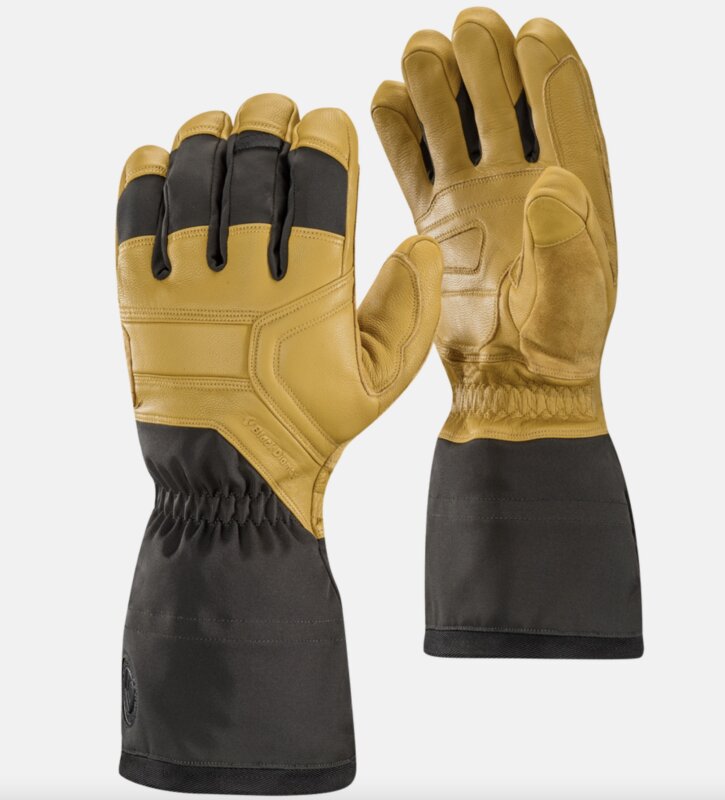 Heavyweight Gloves
Heavyweight GlovesThese gloves should be full GORE-TEX®, with a removable fleece liner (so you can take the liner out and dry it at night). These gloves are used at higher altitudes and are needed to keep your hands dry, and warm. Over the cuff style is desired.
Recommended: Black Diamond Guide Gloves
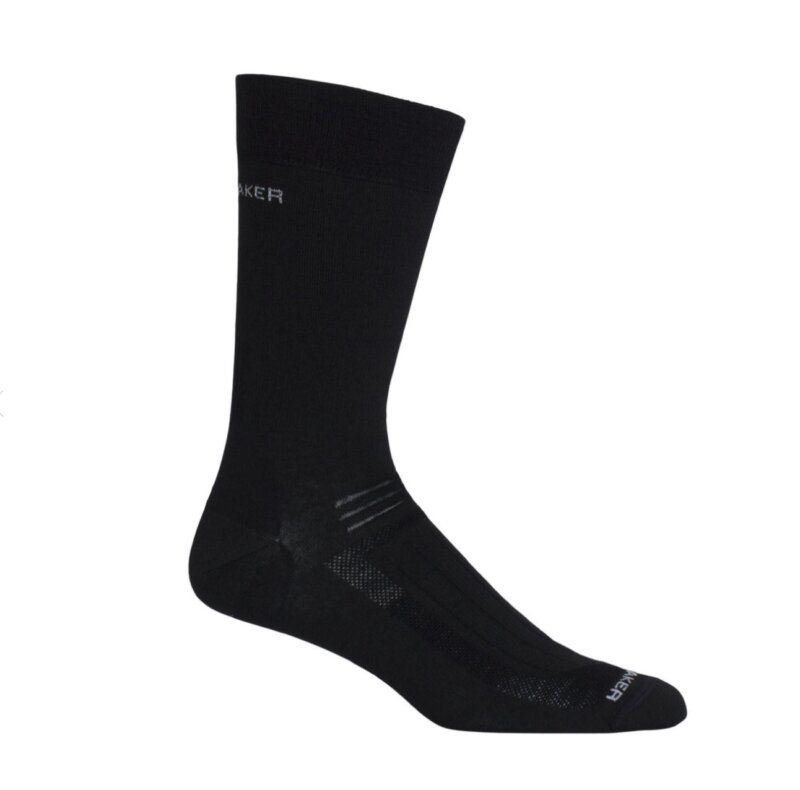 Liner Socks
Liner SocksA super-thin wicking sock that repels moisture. Liner socks help to reduce the likelihood of blisters. The socks should be thin wool, nylon, or Capilene®. NO COTTON
Recommended: Ice Breaker Merino Liner
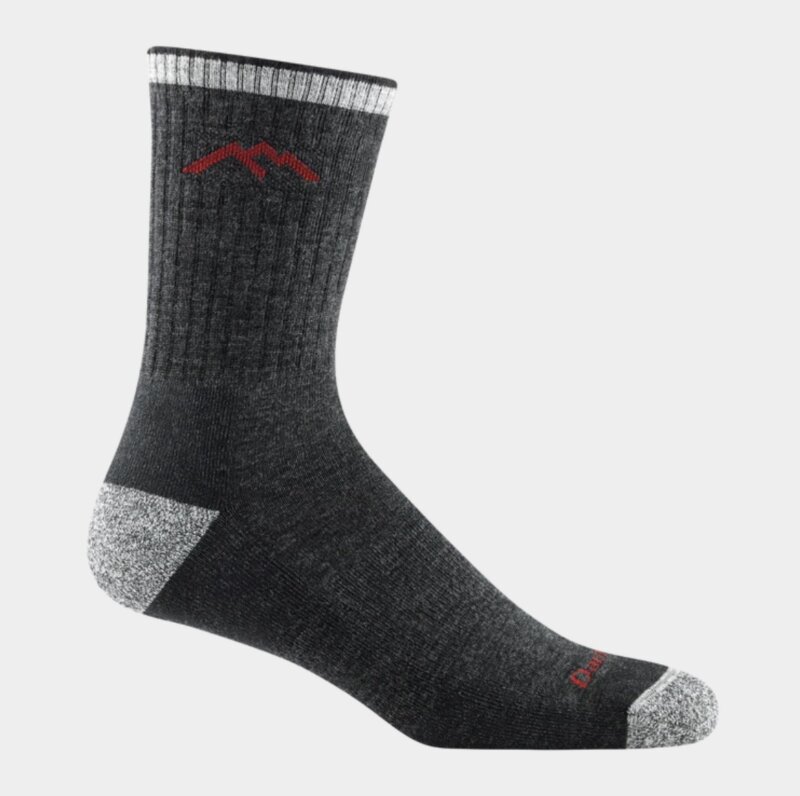 Hiking Socks
Hiking SocksYour everyday sock, good for day hikes, trekking, and in-town. It’s good to bring several pairs of these socks. NO COTTON.
Recommended: Darn Tough Hiking Sock
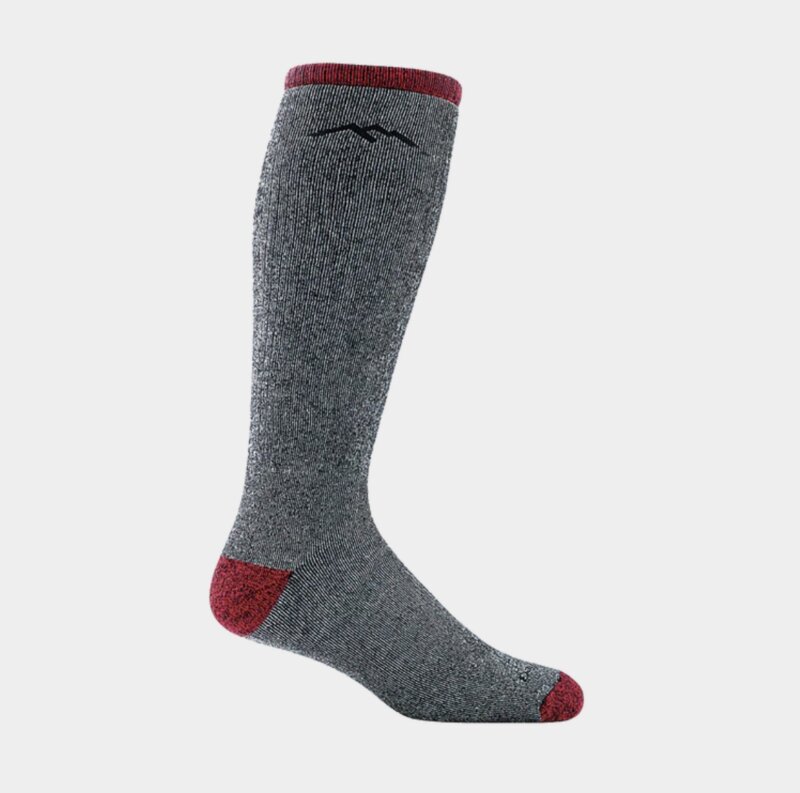 Warm Socks
Warm SocksA wool synthetic blend. Pure rag wool socks are not nearly as effective in wicking moisture or retaining their shape and reducing blisters. Bring a few pairs of these socks. NO COTTON.
Recommended: Darn Tough Mountaineering Sock
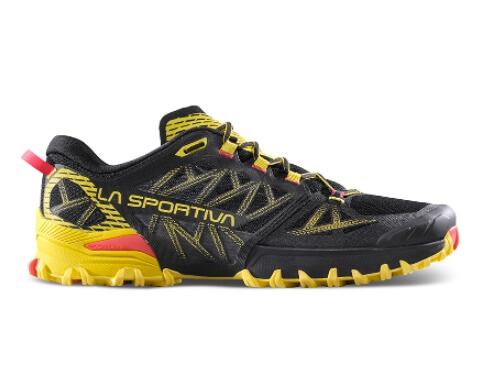 Hiking Shoes
Hiking ShoesThese light to mid-weight shoes are for everyday use. The ideal shoe is comfortable to wear for multiple days and scrambles decently on rock. A Gore-tex lined shoe stays drier when hiking in rain or snow.
Recommended: La Sportiva Bushido
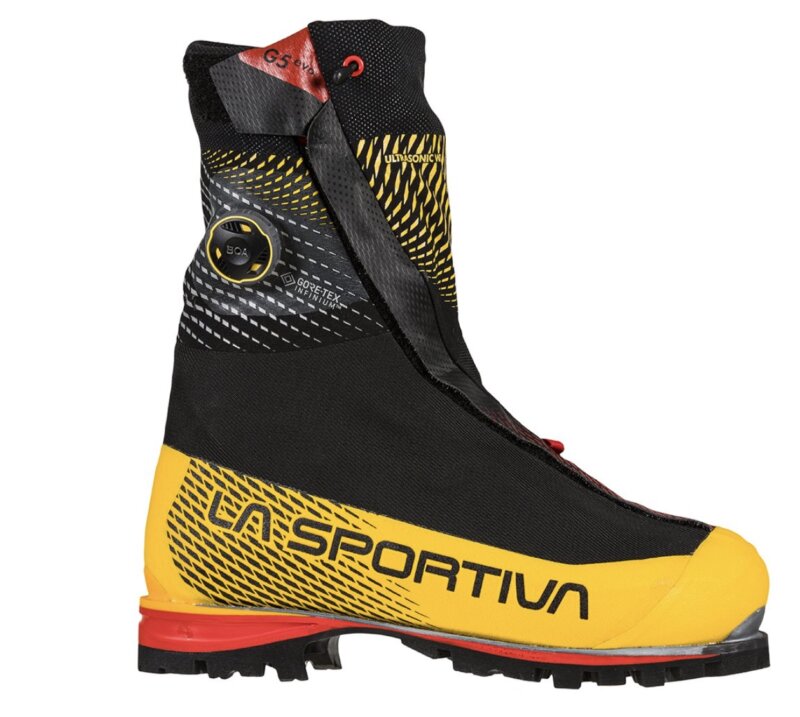 Mountaineering Boots (5,000 – 6,000m)
Mountaineering Boots (5,000 – 6,000m)Should be warm single or double boots that have a stiff sole and accept a step-in crampon. The boots should be comfortable, have adequate wiggle room for your toes, and your heel should not lift more than 1/8th of an inch when walking. (If your feet run cold, we would recommend a double boot like the La Sportiva G2 Evo.) For our Introductory Climbing Schools, we have limited availability and sizes for free boot rentals. If you need rentals, please reach out to the office staff asap to ensure we have your size.
Recommended: La Sportiva G5 Evo
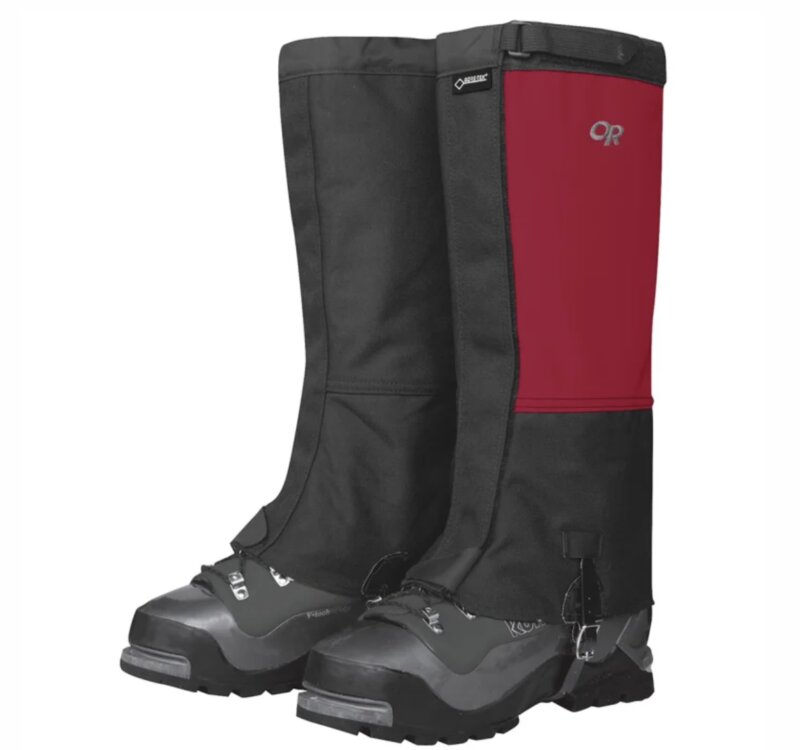 Waterproof Gaiters
Waterproof GaitersGORE-TEX® or Schoeller® calf- high gaiters, insulated supergaiters are recommended. *Gaiters are not necessarily needed if your pants and/or boots have built-in gaiters. However, if your pants have wide leg openings, then you could have issues with crampons snagging your pants.
Recommended: Outdoor Research Expedition Crocodile Gaiters (required if your boots do not have integrated gaiters)
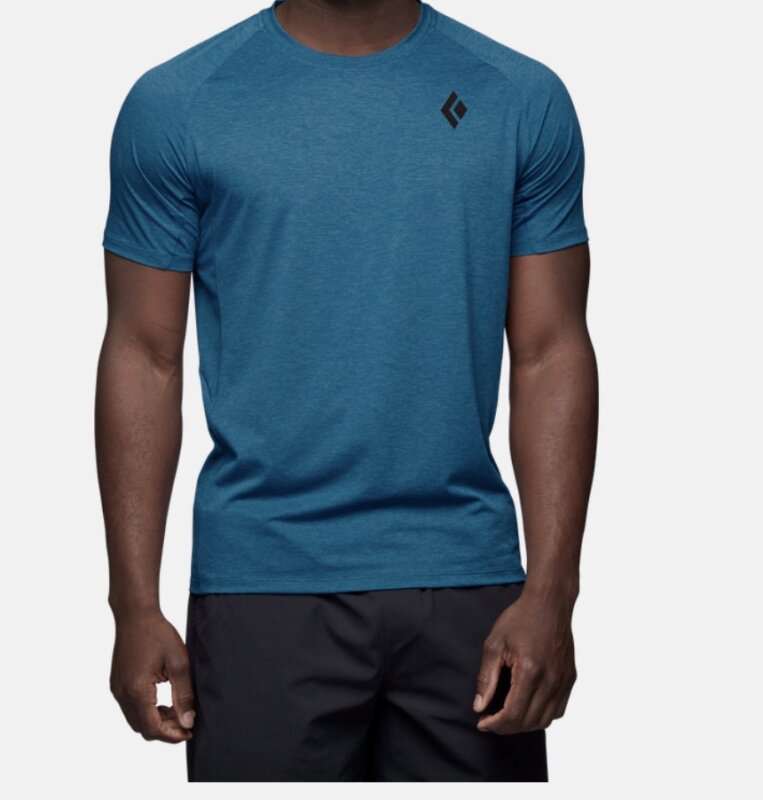 Lightweight Top
Lightweight TopUltra-light base layer that effectively wicks moisture away from your body and is breathable. Quick-dry is important as well. One light-colored shirt is recommended for extremely sunny days.
Recommended Men’s: Black Diamond Lightwire Short Sleeve
Recommended Women’s: Black Diamond Lightwire Short Sleeve
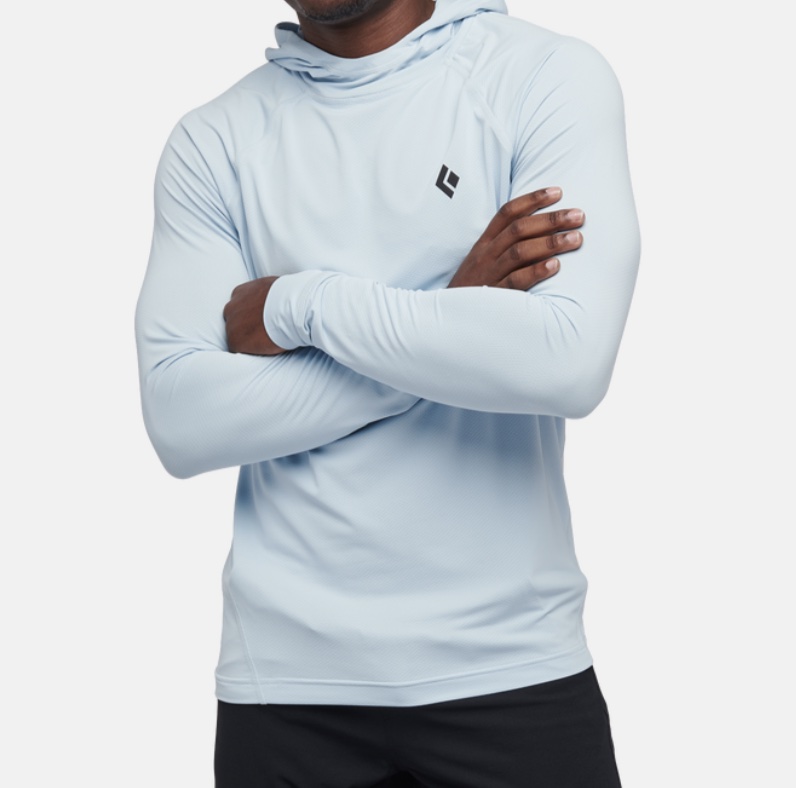 Sun Hoodie
Sun HoodieLightweight, long-sleeve sun hoody that is great for protecting from the sun.
Recommended Men’s: Black Diamond Alpenglow Hoody
Recommended Women’s: Black Diamond Alpenglow Hoody
 Lightweight Baselayer Top
Lightweight Baselayer TopA long sleeve base layer that is fitted, lightweight and quick drying. Make sure it is long enough to tuck in.
Recommended Men’s: Black Diamond Men’s Lightwire Long Sleeve
Recommended Women’s: Black Diamond Women’s Lightwire Long Sleeve
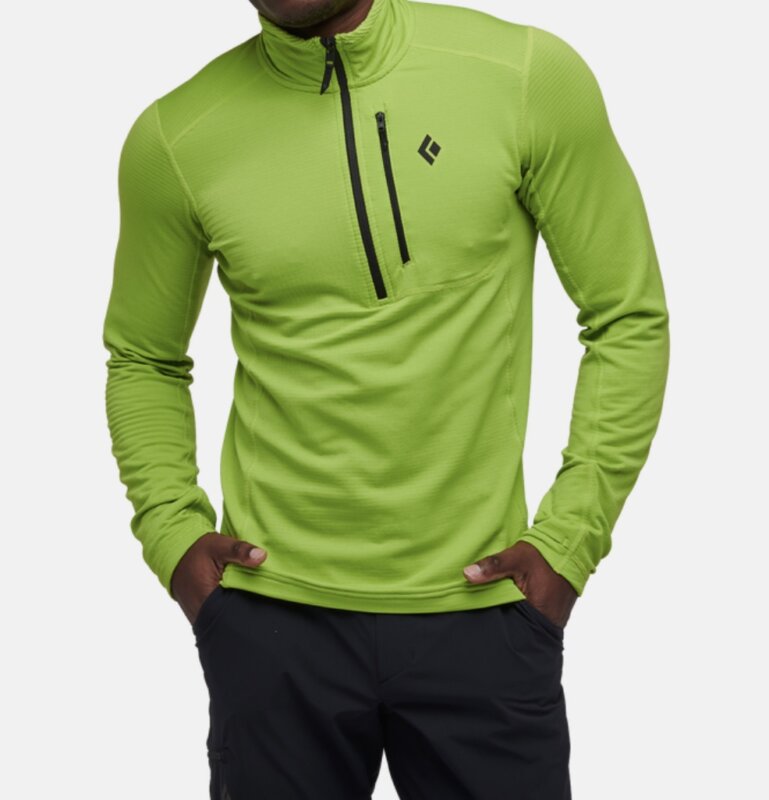 Mid-Weight Warm Layer Top
Mid-Weight Warm Layer TopThis mid-layer will be worn over your base layer most of the trip.
Recommended Men’s: Black Diamond Men’s Coefficient LT Quarter Zip Pullover
Recommended Women’s: Black Diamond Women’s Coefficient LT Quarter Zip Pullover
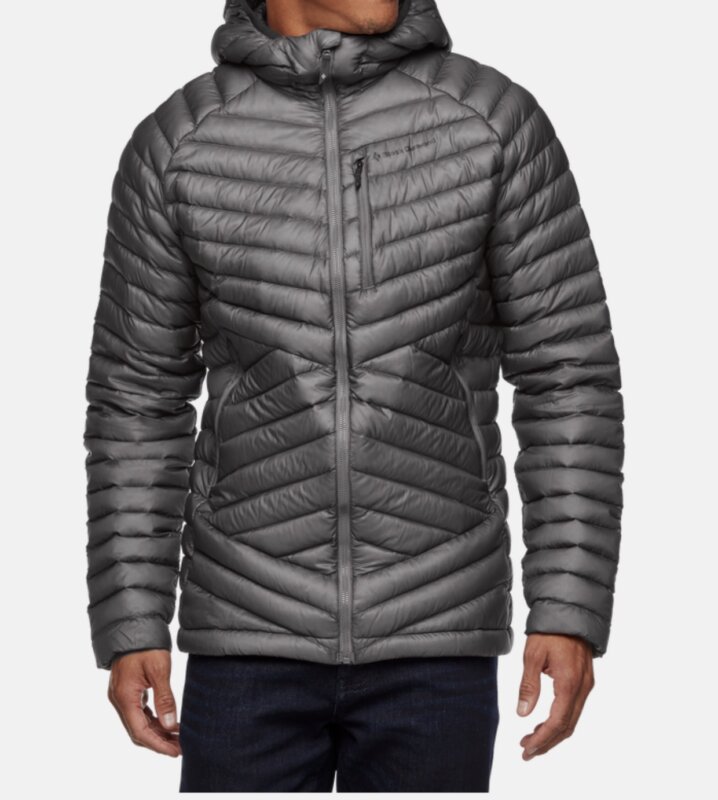 Mid-Weight Puffy Jacket
Mid-Weight Puffy JacketA simple, lightweight puffy jacket. This item is good for layering systems and staying warm. We recommend 800-fill down that is packable and resists inclement weather.
Recommended Men’s: Black Diamond Deploy Down 1.0 Hoody
Recommended Women’s: Black Diamond Deploy Down 1.0 Hoody
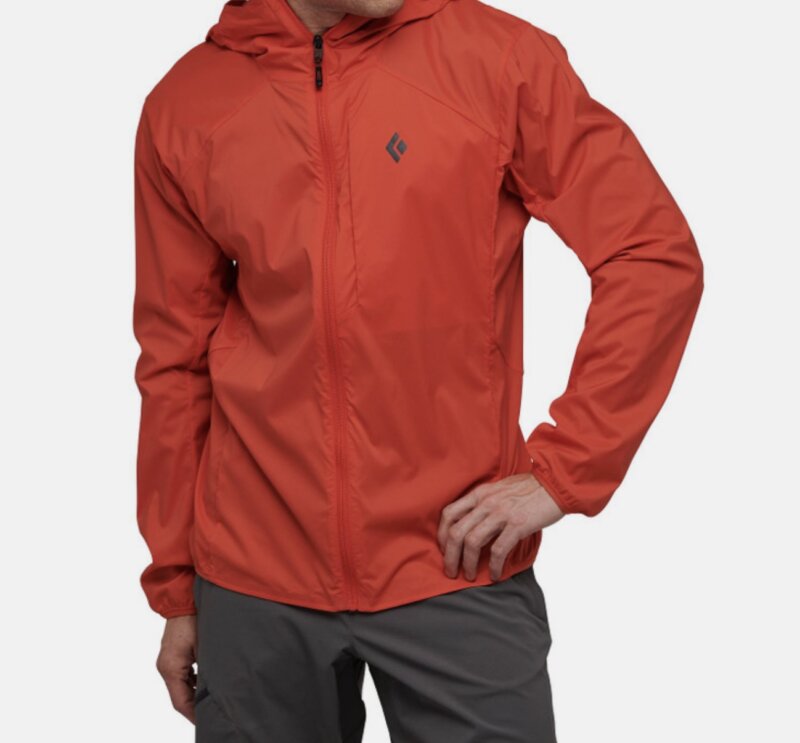 Soft Shell Jacket
Soft Shell JacketMore breathable than Gore-tex, these soft shell jackets block wind and light precipitation and are great as an outer layer and warm layer under your parka.
Men’s Recommended: Black Diamond Alpine Start Hoody
Women’s Recommended: Black Diamond Alpine Start Hoody
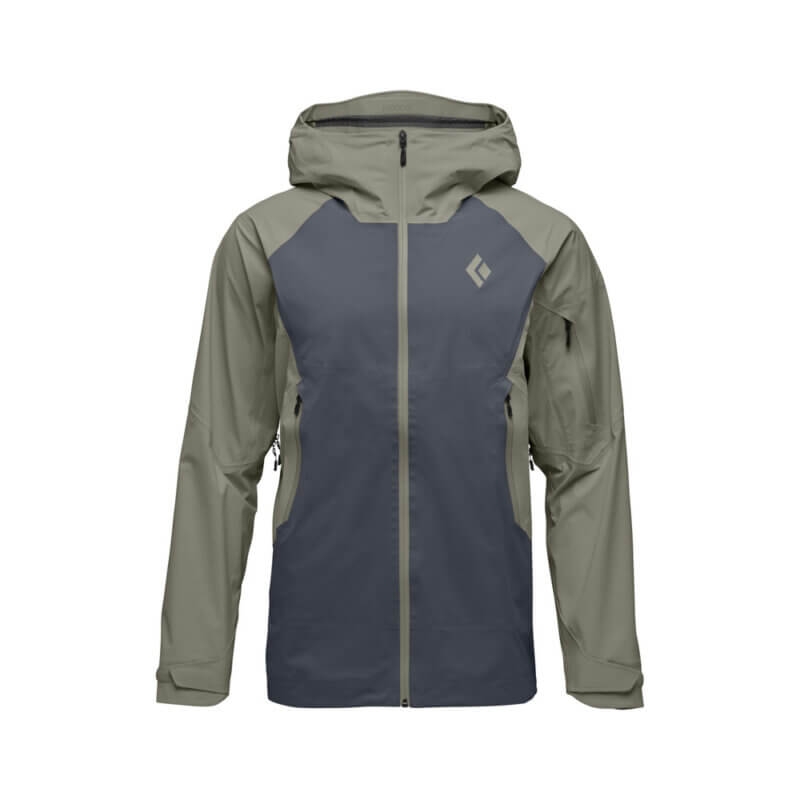 Hard Shell Jacket
Hard Shell JacketA lightweight, waterproof and breathable jacket WITH A HOOD that can withstand extreme weather conditions. Make sure you have pit-zips and if you are using an old jacket, re-waterproof it.
Recommended Men’s: Black Diamond Recon LT Stretch Shell
Recommended Women’s: Black Diamond Women’s Recon LT Stretch Shell
 Down Parka
Down ParkaA puffy jacket with a hood that will keep you warm during the coldest of conditions. The higher the quality down, the better (800-fill is best). Although this jacket should be lightweight, it should have a decent thickness and be closer to the 2 lb. range than your typical mid-weight jacket.
Recommended Men’s: Black Diamond Mission Down Parka
Recommended Women’s: Black Diamond Mission Parka
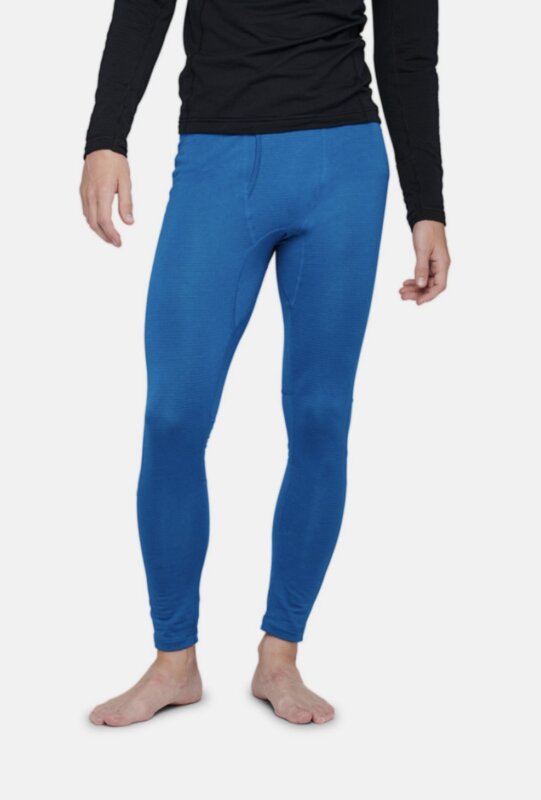 Lightweight Baselayer Bottoms
Lightweight Baselayer BottomsFitted and quick drying. This piece will be a base-layer that will get you through a wide range of temperatures. This can be 3/4 length bottoms if preferred.
Recommended Men’s: Black Diamond Solution 150 Merino Baselayer
Recommended Women’s: Black Diamond Solution 150 Merino Baselayer
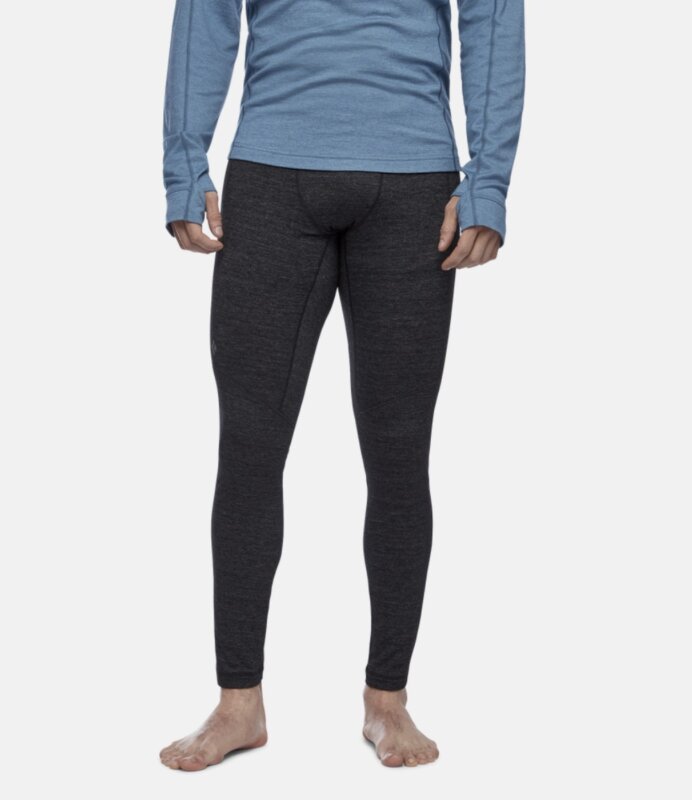 Mid-Weight Baselayer Bottoms
Mid-Weight Baselayer BottomsFitted, mid-weight and quick drying, this baselayer (or midlayer) will be suitable for ski tours to alpine ascents.
Recommended Men’s: Black Diamond Men’s Coefficient LT Pants
Recommended Women’s: Black Diamond Women’s Coefficient LT Pants
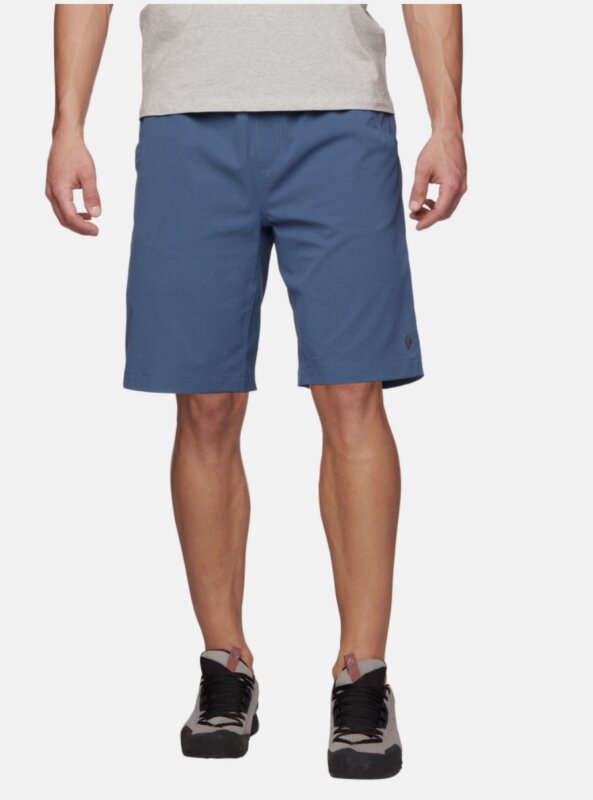 Quick Dry Shorts
Quick Dry ShortsThrow these on under other layers for when the sun begins to beat, or you want to stretch / relax in Basecamp. Lightweight, durable and comfortable. NO COTTON.
Recommended Men’s: Black Diamond Sierra Shorts
Recommended Women’s: Black Diamond Sierra Shorts
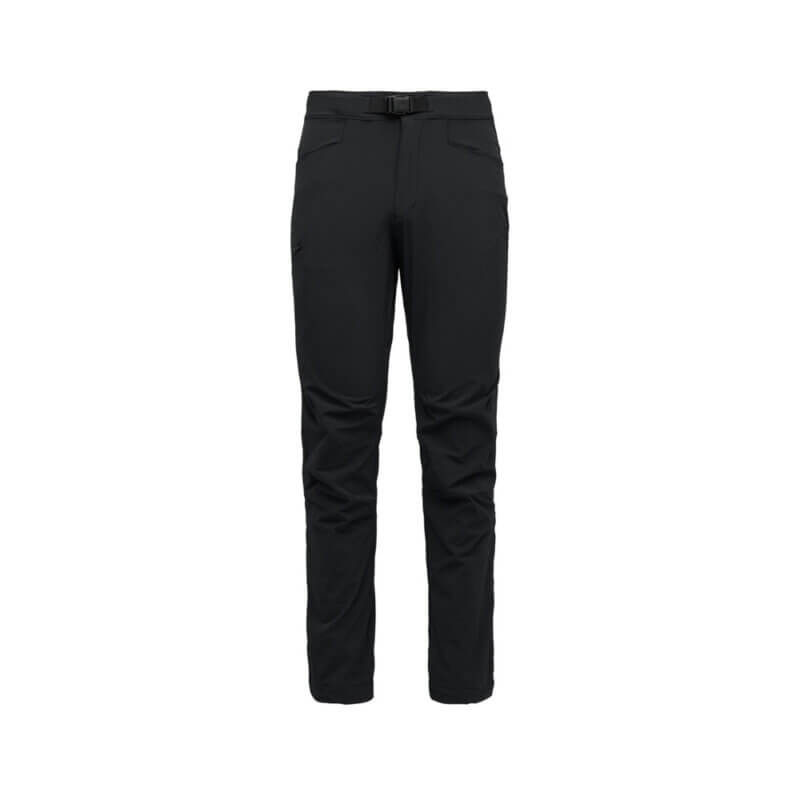 Hiking Pant
Hiking PantLightweight, durable, quick-drying hiking pant that will be your day-to-day pant during the expedition
Men’s Recommended: Black Diamond Alpine Light Pants
Women’s Recommended: Black Diamond Women’s Alpine Light Pants
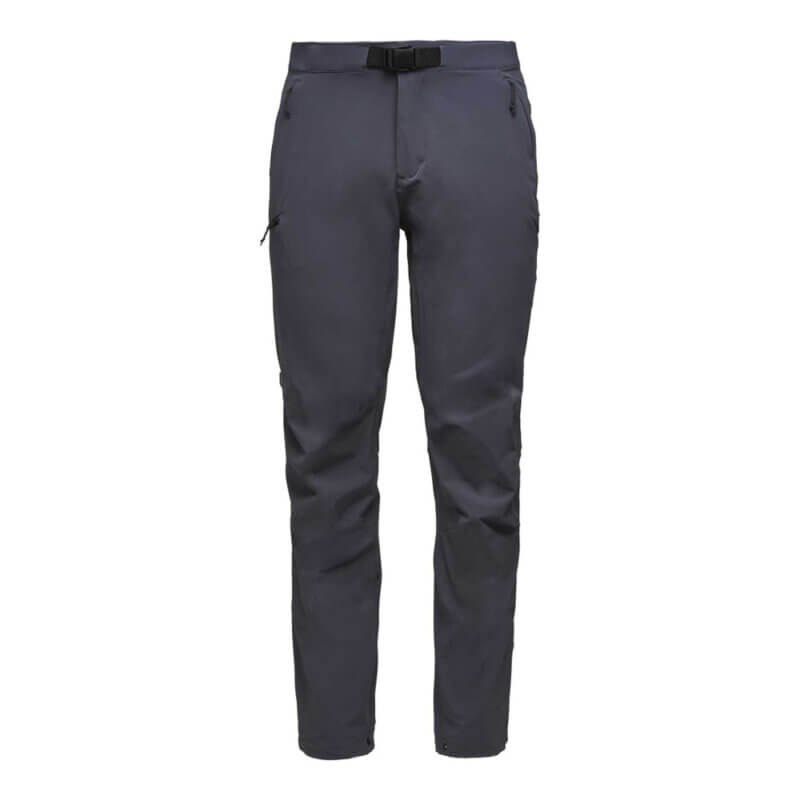 Soft-Shell Alpine Pant
Soft-Shell Alpine PantYou will spend most of your days in these pants. They should be breathable + water-resistant.
Recommended Men’s: Black Diamond Alpine Pants
Recommended Women’s: Black Diamond Alpine Pants
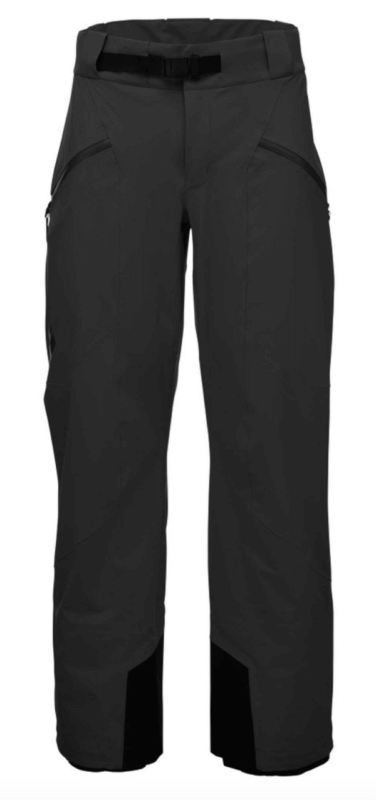 Hard Shell Climbing Pant
Hard Shell Climbing PantYour waterproof bottom layer for extreme weather days. Make sure you have water-resistant zippers, crampon patches + good pockets.
Recommended Men’s: Black Diamond Fineline Stretch Full Zip Pants
Recommended Women’s: Black Diamond Fineline Stretch Full Zip Pants
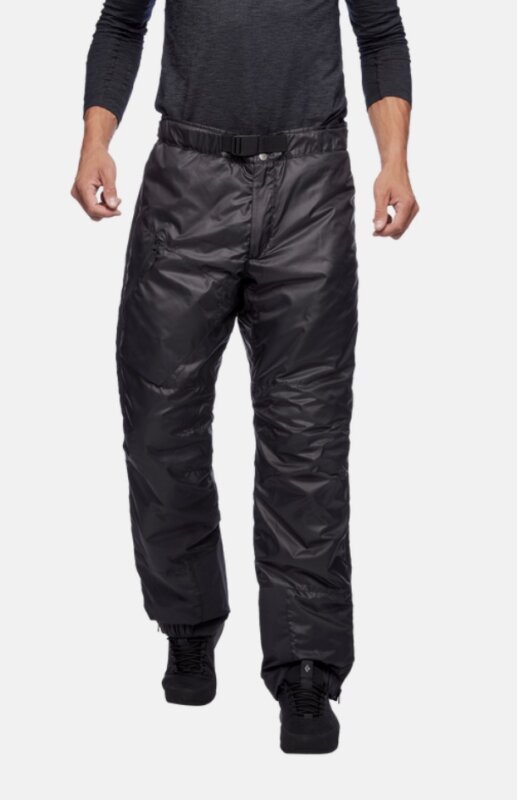 Insulated Pant
Insulated PantFull-length side zippers are recommended, for throwing on top of all of your layers.
Recommended: Black Diamond Solution 4.0 Pants
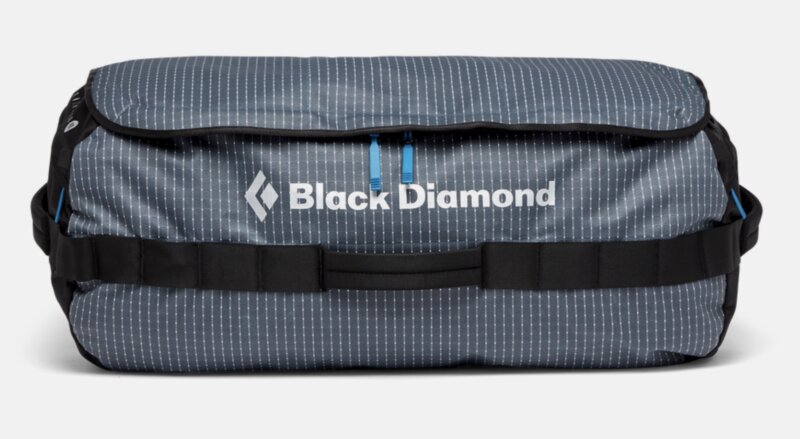 Duffel Bags
Duffel Bags2 Duffel Bags – At least one bag should be extremely durable, waterproof, and big – between 90L and 120L. You should feel comfortable leaving it in a puddle for several hours. Remember dry clothes are hot commodities in the mountains! Large enough to fit everything you own, plus what you anticipate buying. Two duffel bags are necessary to fit all your equipment for travel (we don’t recommend checking your climbing pack separately, best is to put all gear and climbing pack into your duffel).
Once in country, you can consolidate your gear into one duffel and your climbing pack. You can leave the second duffel with city clothes and other non-necessary items behind in a locked and secure location that your guide will arrange for you.
Note: For ski expeditions such as the Ecuador Ring of Fire, you can replace one of these duffel bags with a ski/splitboard bag.
Recommended: Black Diamond Stonehauler 120L
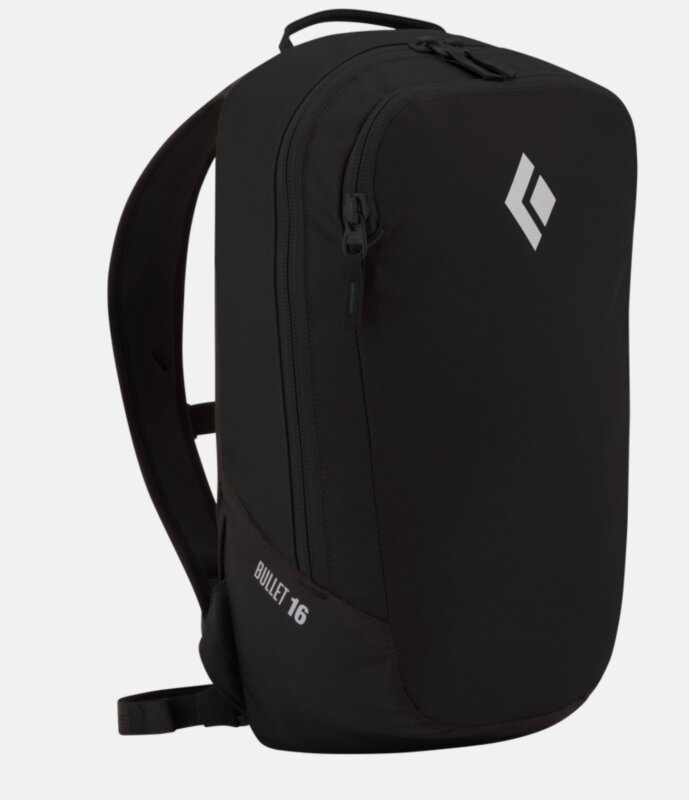 Day Pack
Day PackMid-size pack for city days and trekking. Streamlined, neat and lightweight (10-20 liters).
Recommended: Black Diamond Bullet 16 Pack
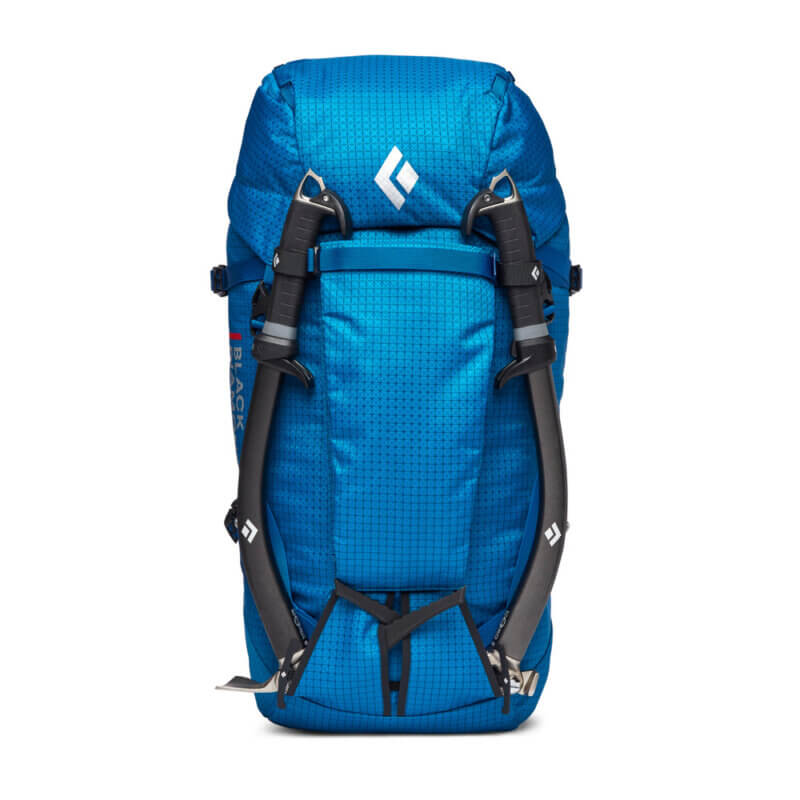 Climbing Pack: 50-60L
Climbing Pack: 50-60LInternal frame pack that is between 50 and 60 liters. Either purchase a matching pack cover, or use garbage bags as liners. Make sure the pack is fitted to YOUR body.
Recommended: Black Diamond Mission 55L Pack
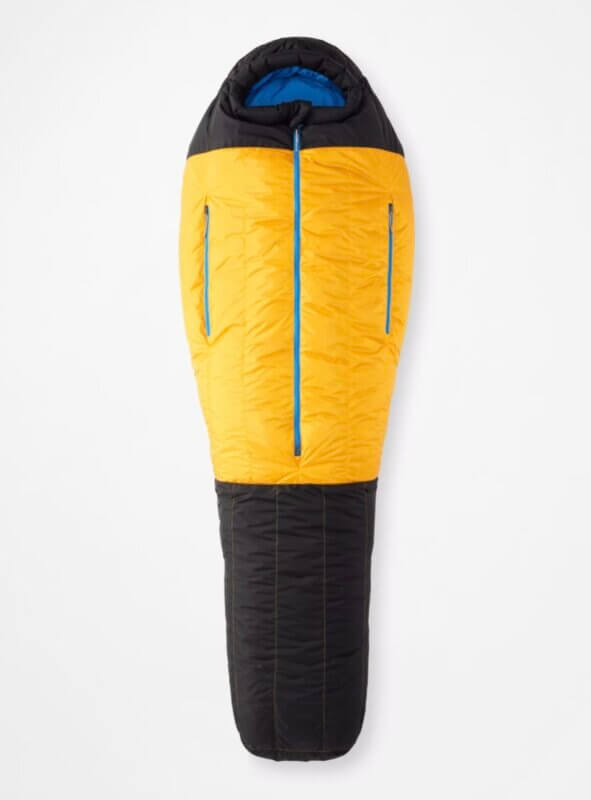 Sleeping Bag (-20°)
Sleeping Bag (-20°)Rated to -20º F. Choose an 800+ Fill Premium Goose Down bag. Make certain that the sleeping bag is the right length. DON’T FORGET A COMPRESSION SACK FOR THE SLEEPING BAG.
Recommended: Marmot Col -20°
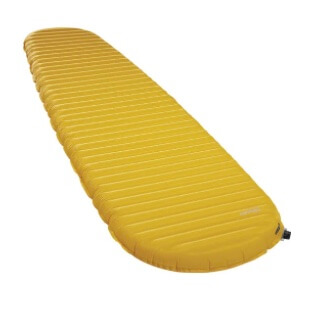 Inflatable Sleeping Pad
Inflatable Sleeping Pad72-inch long inflatable pad required. Make sure you also purchase and bring a repair kit + bag for the sleeping pad.
Recommended: NeoAir® XLite™ NXT Sleeping Pad
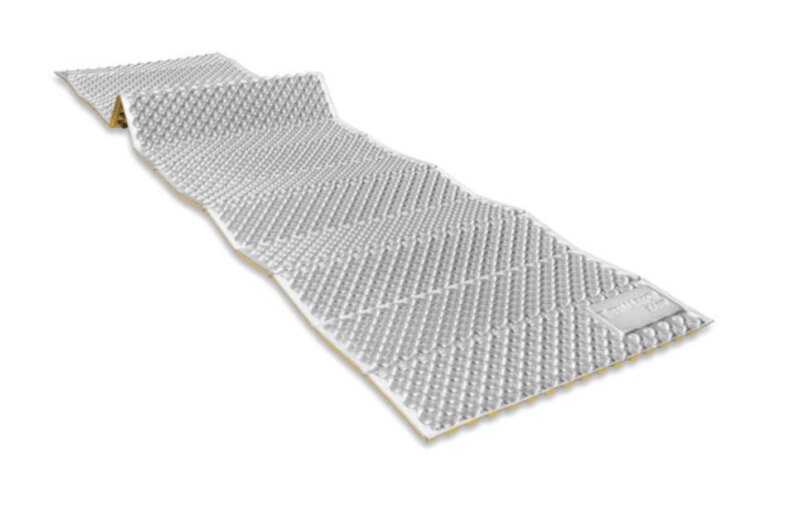 Foam Sleeping Pad
Foam Sleeping PadFoldable foam sleeping pad for sleeping and using as a sit-pad.
Recommended: Thermarest Z-Lite Sleeping pad
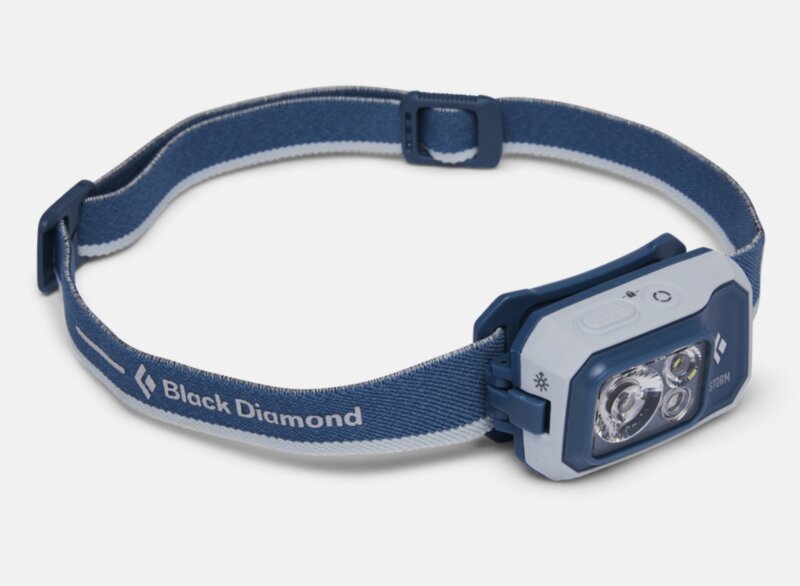 Headlamps
HeadlampsPlease bring two L.E.D. Headlamps. One will be intended as a lightweight backup. L.E.D. headlamps are required. Make sure they have 3+ bulbs. Bring extra batteries. We highly recommend a tilting lamp.
Recommended: Black Diamond Storm 450
Backup Headlamp Recommended: Black Diamond Deploy 325
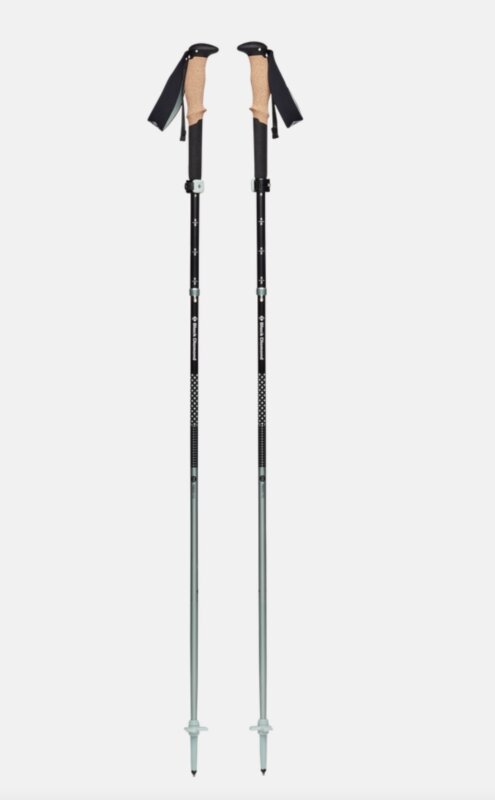 Trekking Poles
Trekking PolesMake sure that they are durable, lightweight + easily adjustable. These are optional, but highly recommended.
Recommended: Black Diamond Pursuit FLZ Trekking Poles
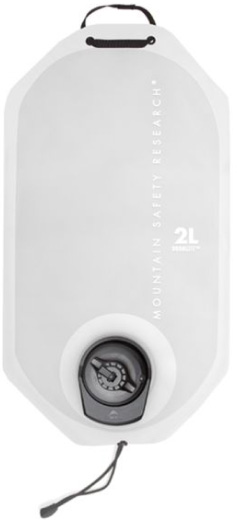 Hydration System
Hydration SystemShould carry 70-100 ounces. Must be durable and have a reliable closure system. Recommended: MSR Dromlite 2L with Hydration Tube
 Two 1L Nalgene Bottles
Two 1L Nalgene BottlesTwo 1 Liter Wide Mouth Nalgene bottles.
Recommended: Nalgene 1 L wide mouth
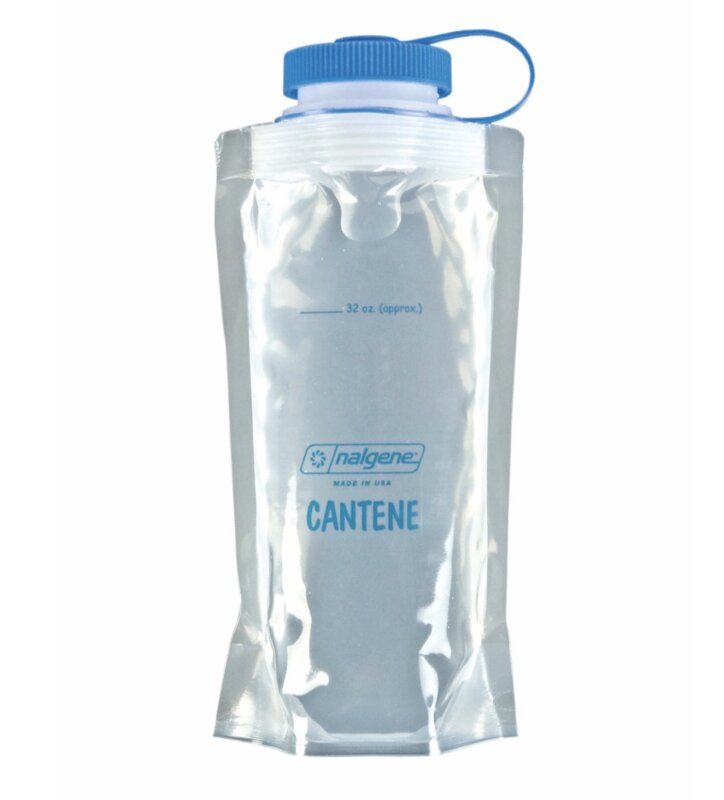 Compressible 1-1.5L Bottle
Compressible 1-1.5L BottleWide mouth compressible 1-1.5 liter bottle. Optional but strongly recommended. Often used as a designated pee bottle.
Recommended: Nalgene Flexible Cantene
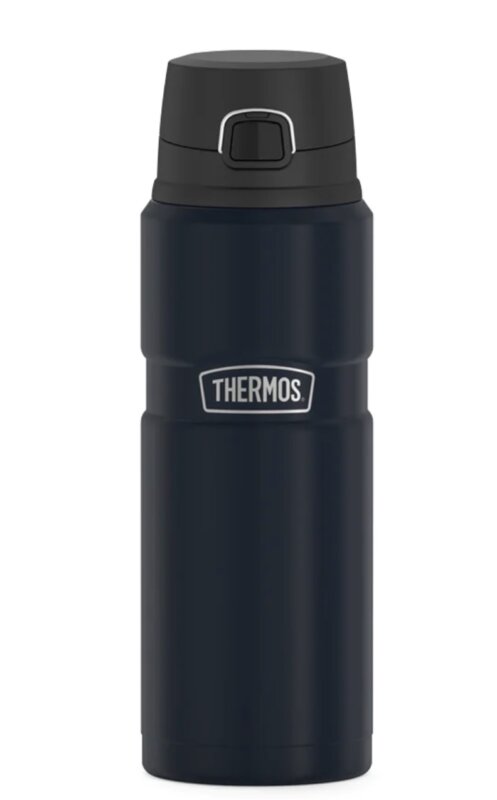 Thermos
ThermosA fully insulated thermos is optional but recommended for warm drinks that help with comfort, hydration, and safety on cold days in the mountains.
Recommended: Thermos STAINLESS KING™ DRINK BOTTLE 24OZ
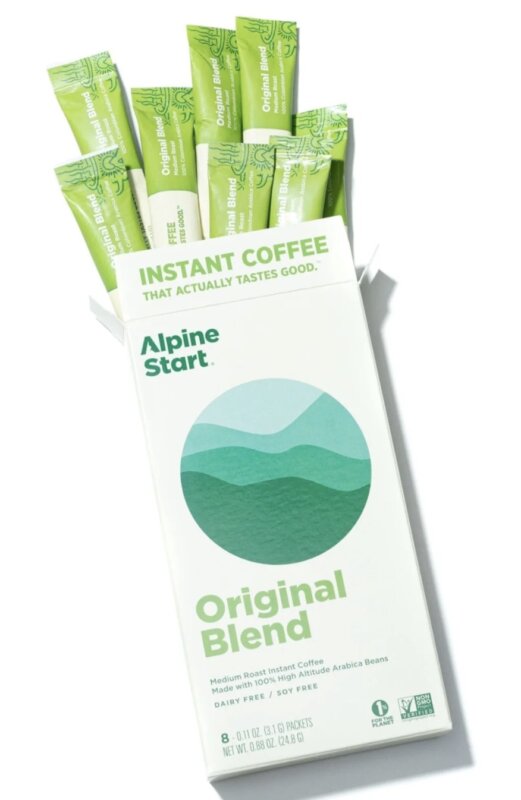 Coffee
CoffeeWhile Alpenglow provides hot drink options every morning, it can be nice to have your own on hand any time you need a boost. With hot water always readily available, having instant coffee packets can give you the energy you need after a long day in the mountains!
Recommended: Alpine Start Original Blend Instant Coffee
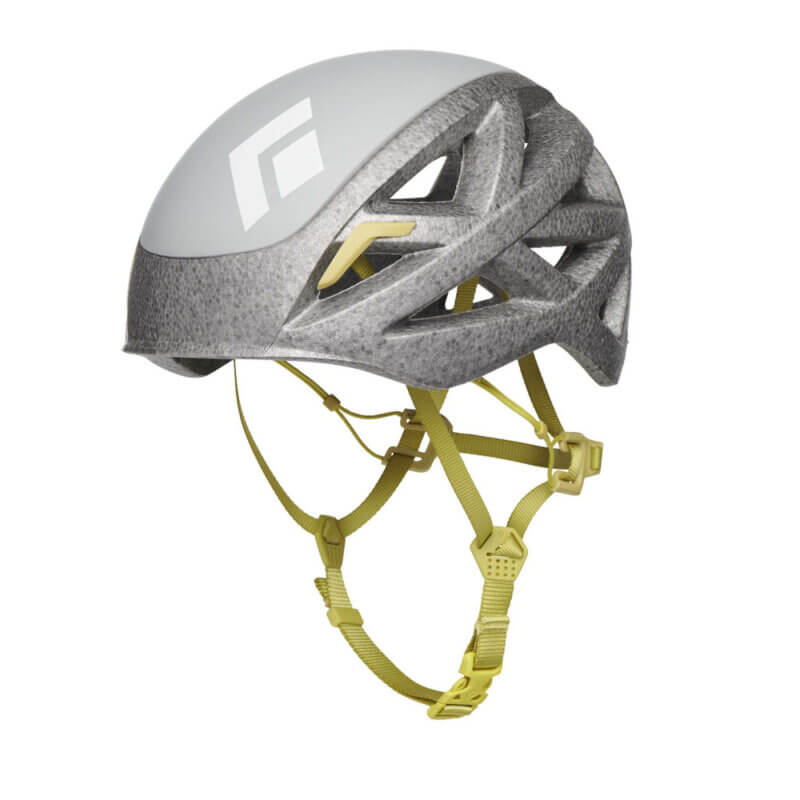 Helmet
HelmetAn easily adjustable lightweight helmet that fits with hat and Balaclava. Make sure this is a climbing-specific helmet. *Climbing helmets are also available to rent (for our introductory climbing courses) at no charge from Alpenglow Expeditions on a first-come, first-serve basis.
Recommended: Black Diamond Vapor Helmet
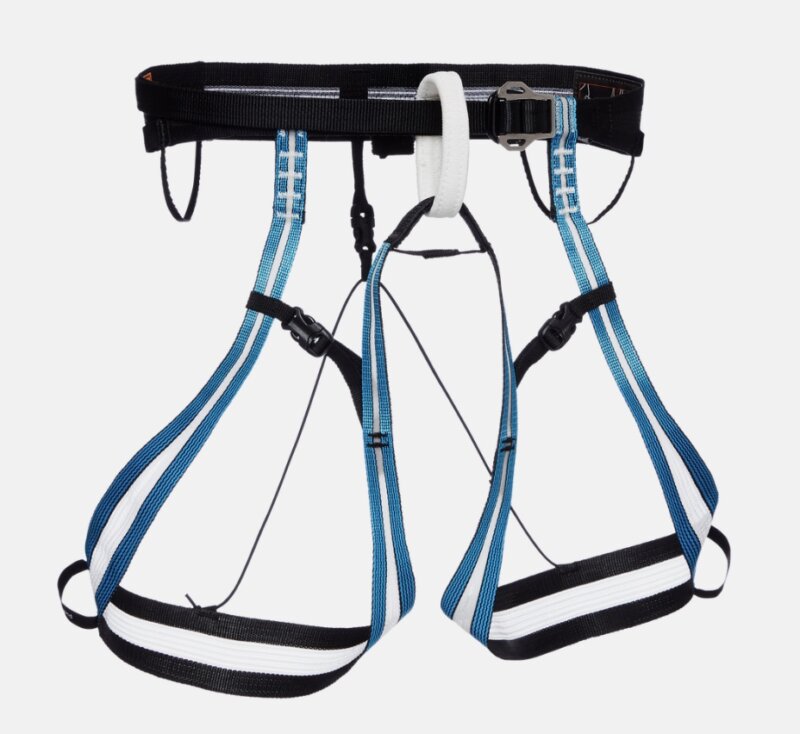 Mountaineering Harness
Mountaineering HarnessMust have belay loop, gear loops and adjustable leg loops so that you can layer up underneath it. Easy to pack, lightweight + comfortable. *Harnesses are also available to rent (for our introductory climbing courses) at no charge from Alpenglow expeditions on a first-come, first-serve basis.
Recommended: Black Diamond Couloir
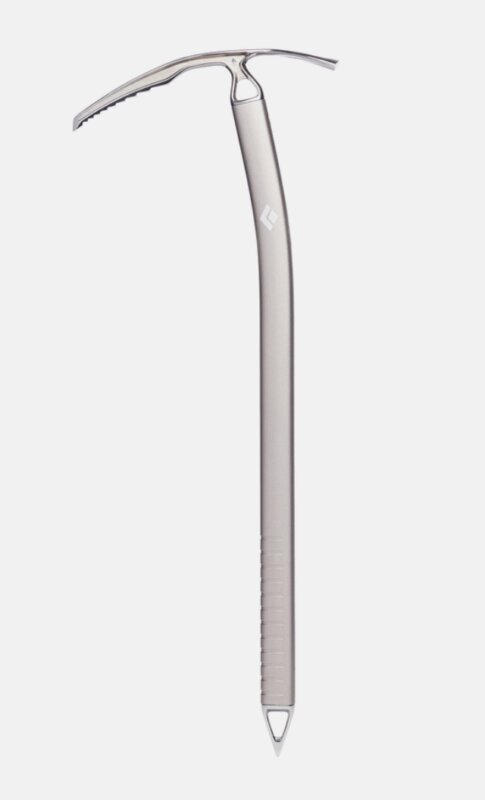 General Mountaineering Axe
General Mountaineering AxeOne non-technical climbing axe. The tool should be approx. 55cm- 65cm long and comfortable to hold. *Ice axes are also available to rent (for our introductory climbing courses) at no charge from Alpenglow expeditions on a first-come, first-serve basis.
Recommended: Black Diamond Raven Pro Ice Axe
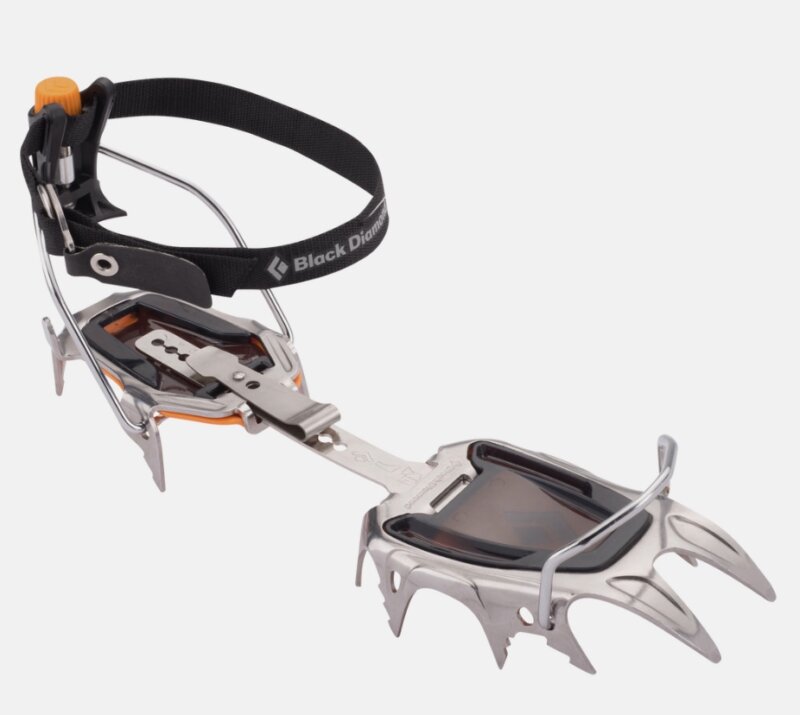 Mountaineering Crampons
Mountaineering CramponsSteel crampons with anti-balling plates are required (so that snow does not build-up in the base of your foot). Make sure that crampons have a heel bail and that they fit snugly on your ski or snowboard boots. Crampons are available to rent (for our introductory climbing courses) at no charge from Alpenglow Expeditions on a first-come, first-serve basis.
Recommended: Black Diamond Sabretooth Crampons
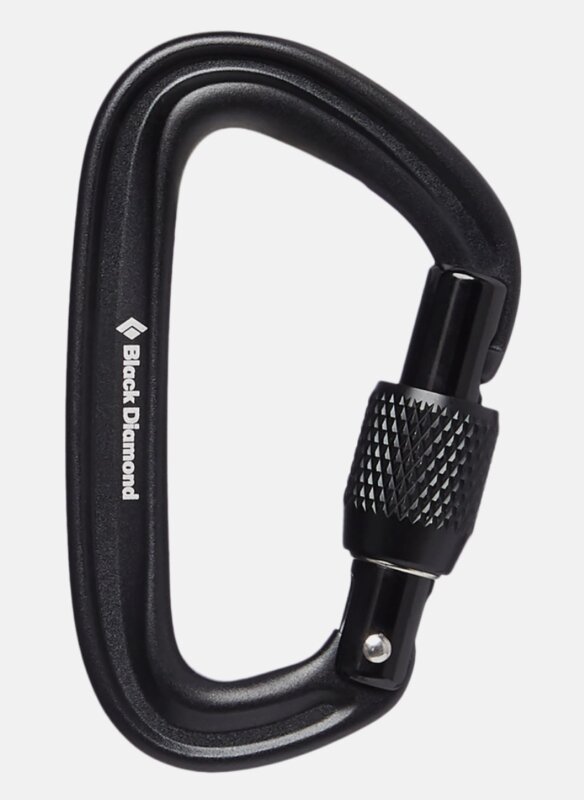 Locking Carabiner (2)
Locking Carabiner (2)Small, lightweight locking carabiners are best.
Recommended: Black Diamond LiteForge Screwgate
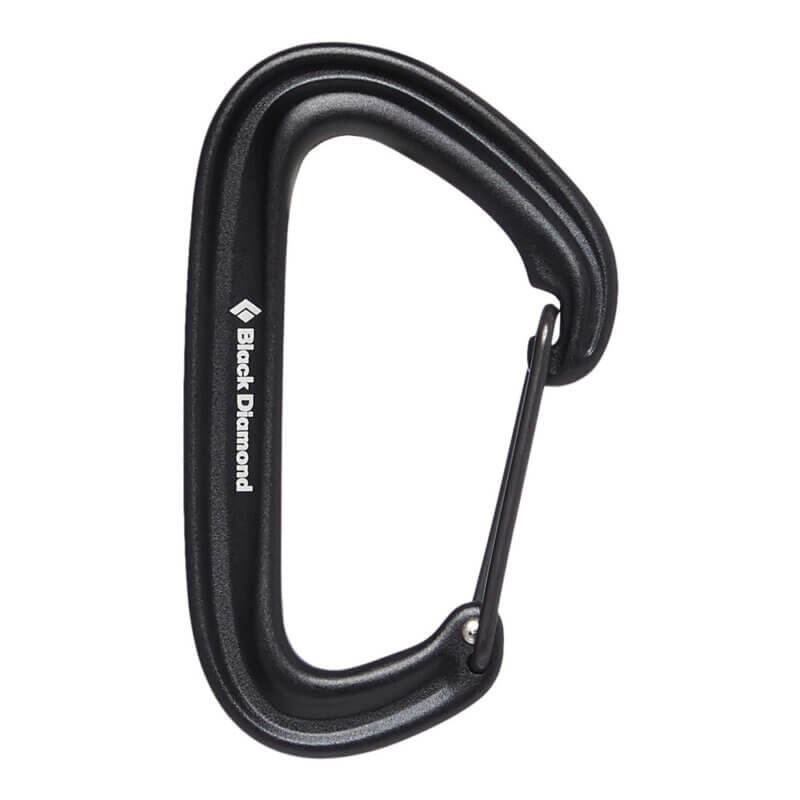 Non-locking Carabiner (2)
Non-locking Carabiner (2)Small, lightweight small carabiners are best, wire-gates are fine.
Recommended: Black Diamond LiteWire Carabiner
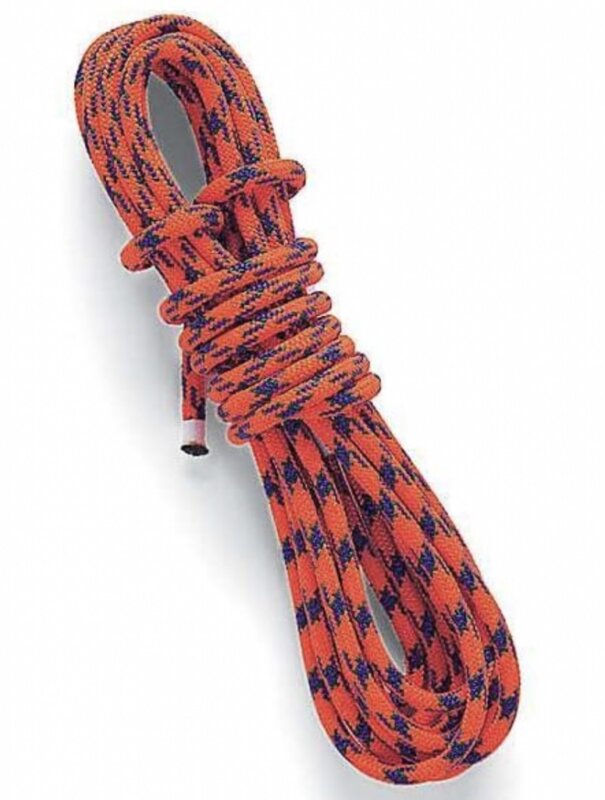 Accessory Cord
Accessory Cord5m of 6mm nylon accessory cord.
Recommended: Sterling Accessory Cord
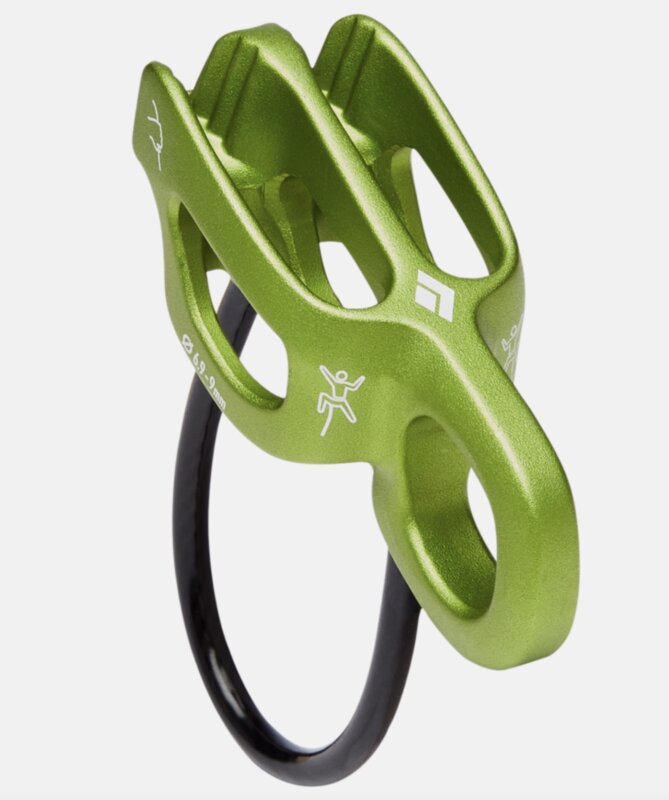 Belay Device
Belay DeviceLight, easy to use + simple. Should have teeth/grooves for skinny ropes.
Recommended: Black Diamond ATC Alpine Guide Belay Device
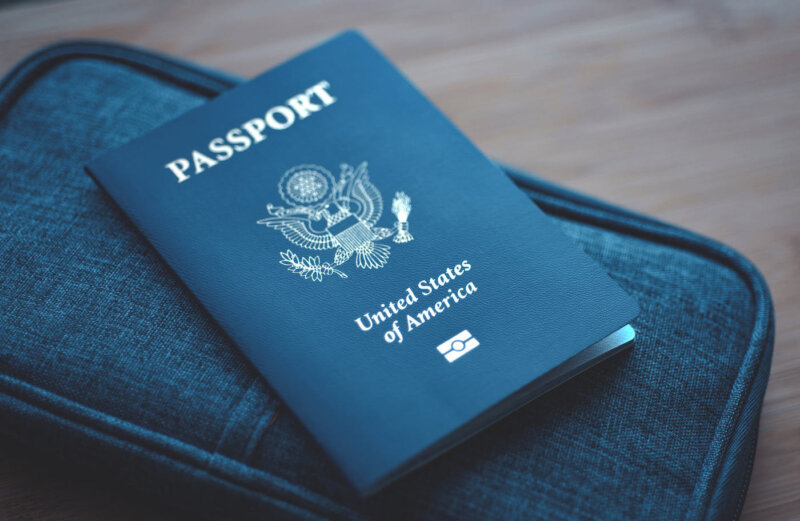 Miscellaneous Items
Miscellaneous Items- Passport (with visa, if necessary)
- 2 luggage locks (TSA compliant)
- Non-cotton underwear
- Wag bags, 1 per night camping as to leave no trace
- Day Pack (optional) – Mid-size for city days/trekking
- Stuffsacks: assorted sizes, for organizing your clothes and gear
- Sunscreen: SPF 30 (or higher)
- Lip balm with SPF 15 (or higher)
- Personal first-aid kit (Band-aids, Ibuprofen, Cough Drops, Moleskin, Pepto-bismol, Imodium, Personal Medications, Saline nasal spray)
- Toiletries
- 3-4lbs of Snack food (a variety of snack food, some whole food, some bars, some gels)
- Hand Warmers
- Flip flops or sandals/crocs – for showers, lounging, etc
- Small Pack Towel
- Face Mask
- Hand Sanitizer
- Knife
- Mountain Face Mask (optional)
- Headphones
- Powerbank (6-10K mAh good for 2-3 phone charges, weighing under 8oz)
Mountains Of Bolivia Expedition Questions
Yes. Please reach out to our team with the details of your dietary restrictions and we’ll set you up for success.
We require Rescue Insurance on all of our international expeditions. Rescue insurance will help cover costs in the event that you need to be rescued off the mountain (Ex: Helicopter/medical evacuation). Travel Insurance (which we strongly recommend) can cover issues that would cause you to cancel your trip in advance, like illness. We do recommend Global Rescue who does offer a Comprehensive Travel Protection option to your required Rescue (Evacuation) Insurance.
Expedition doctor, Monica Piris, has been on fourteen 8,000-meter peak expeditions. While Dr. Piris does not travel with our team on all expeditions, she is in 24 communication with our expedition leaders. Dr. Piris also works with each member on his or her pre-acclimatization program.
While no outdoor adventure can be completely free of risk without losing the essence of the activity, hiring a professional guide is a fantastic way to manage and mitigate this risk. Activities like skiing and climbing have what we call “inherent risk”, which can be defined as a risk that cannot be completely mitigated by a professional. That is part of playing in the mountains. We encourage you to reach out to the office if you would like to discuss this in more detail.
THE COST OF YOUR TRIP INCLUDES YOUR LAND COSTS (EXCLUDING IN-TOWN MEALS). THIS INCLUDES:
All lodging according to itinerary, including double occupancy lodging while in town and group lodging in mountain huts.
Breakfasts in town, all meals while on the mountain
Group camping and climbing equipment
All park/climbing permits
Scheduled in-country transportation
Airport transfers
Certified guidesTHE COST OF YOUR TRIP DOES NOT INCLUDE:
Flights to/from the city where the expedition begins.
Additional nights in hotel outside of the itinerary
Airport taxes
Visas
In-town dinners
Immunizations
Tips for guides or local staff
Travel, rescue, or any other type of insurance
Hospitalization or evacuation costs
Single supplement charges
Excess baggage charges
Alcohol
Other personal expenses
Antigen/PCR Covid test cost
The costs of delays or changes to itinerary that are beyond the control of Alpenglow Expeditions or its agents are not included.When an expedition is more than 90 days out, we require a 20% deposit to guarantee your reservation. Within 90 days we require full payment.
Climbers must be in excellent physical shape to join this expedition. This is perhaps the most important aspect of high-altitude climbing, and cannot be stressed enough. Regular, challenging exercise for many months in advance of departure is the only way to gain the necessary level of fitness that is needed on big peaks. We highly recommend a structured training regime with a gym or personal trainer to assist you in preparing for climbing at altitude. Please contact us for more information on physical training.
We always consider customs. Custom trips make up more than 50% of our groups. Please reach out to learn more!
Aside from the technical gear that we are often able to provide on Introductory Courses (harness, helmet, ice ax, crampons), we strongly recommend bringing everything on the Equipment List. These kits have been dialed and tested by our guides for over 20 years; while you may not end up using everything you bring, weather variability in the mountains demands that we’re ready to dress for any and all conditions!
Incredible! One of the many words that can be used to describe climbing with Alpenglow
“Incredible! One of the many words that can be used to describe climbing with Alpenglow in Bolivia and the Cordillera Real. Prior to Bolivia, I had completed the Ecuador Climbing School with Alpenglow, so this was the IDEAL expedition that would take my mountaineering skills to the next level. I was fortunate enough to have three amazing guides who truly cared about teaching our team the skill sets needed to safely succeed on these more challenging peaks. I cannot recommend partnering with Alpenglow enough. By choosing Alpenglow, you will receive transparent logistics, expert guides, detailed itineraries, and truly an unforgettable experience. If you want to take your mountaineering skills to the next level, this is the trip!”
Evan M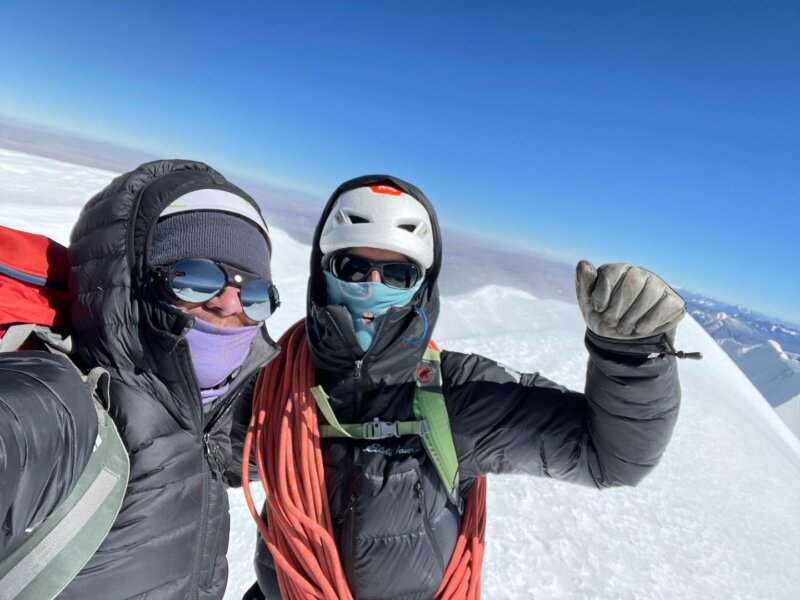
Our experiences, thanks to your amazing employees, were absolutely, positively, 100% amazing in every regard from planning, to communication, to logistics, to the actual climbs.
My Son Billy and I recently completed two climbing expeditions with your company; Ecuador in February and Bolivia earlier this month. Our experiences, thanks to your amazing employees, were absolutely, positively, 100% amazing in every regard from planning, to communication, to logistics, to the actual climbs.
Please allow us to acknowledge the following individuals for, as the say, “going above and beyond” to ensure every aspect of our trips/climbs exceeded our expectations. In no particular order…
Griffin Mims
Tony Peterson
Ignacio Espinosa
Christian Llivicura
Roberto Morales
Fabricio EscobarIt’s impossible to put into words our most sincere appreciation for everything this group did to makes sure our trips were safe, fun, and exciting!
William H.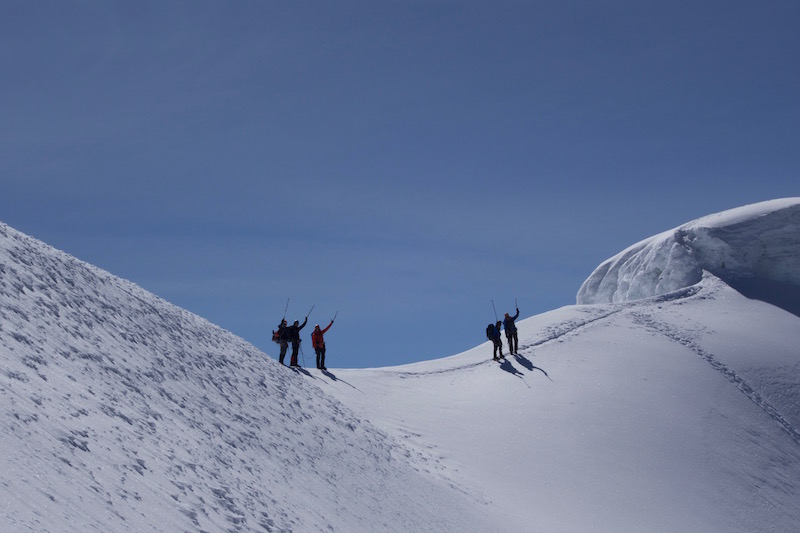
Read about Bolivia
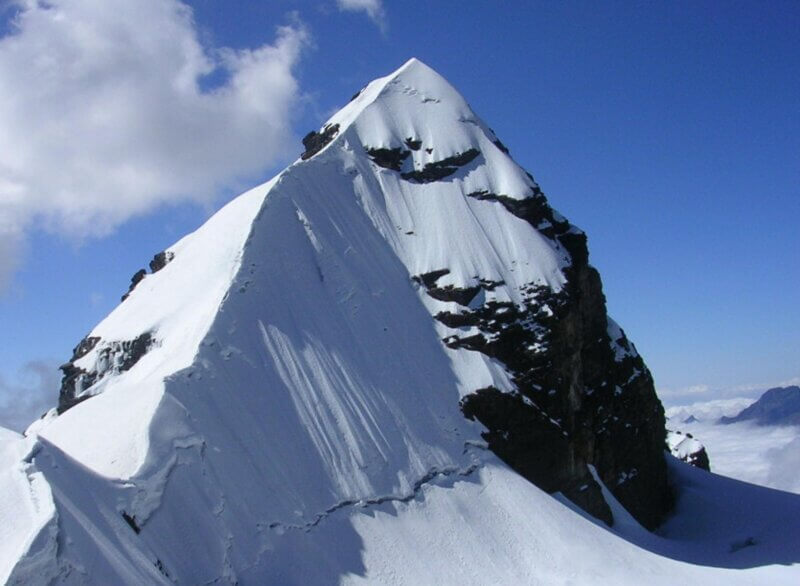
Culture and Climbing in Bolivia
Our Mountains of Bolivia expedition is more than just a climbing trip—it’s a deep dive into Bolivia’s living history, spiritual traditions, and high-altitude landscapes. Over 16 days, we move from the vibrant energy of La Paz to the quiet, snow-covered summits of the Cordillera Real, all while immersing ourselves in the cultural heartbeat of the Andes.Read the story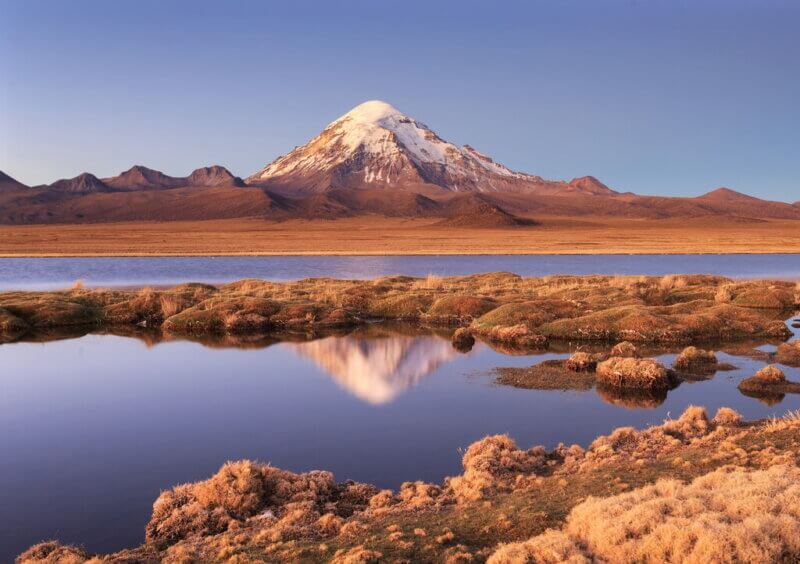
“More Than Just a Climbing Trip”: Mike Pond on the Mountains of Bolivia
In November 2023, Alpenglow guide Mike Pond returned to Bolivia for the fifth time for a private climbing trip. Moreover, it reminded us of our responsibility as climbers to listen to the mountains. As much as we may think of ourselves as mountain guides, it is equally as important to remember that the mountains guide us as well.Read the story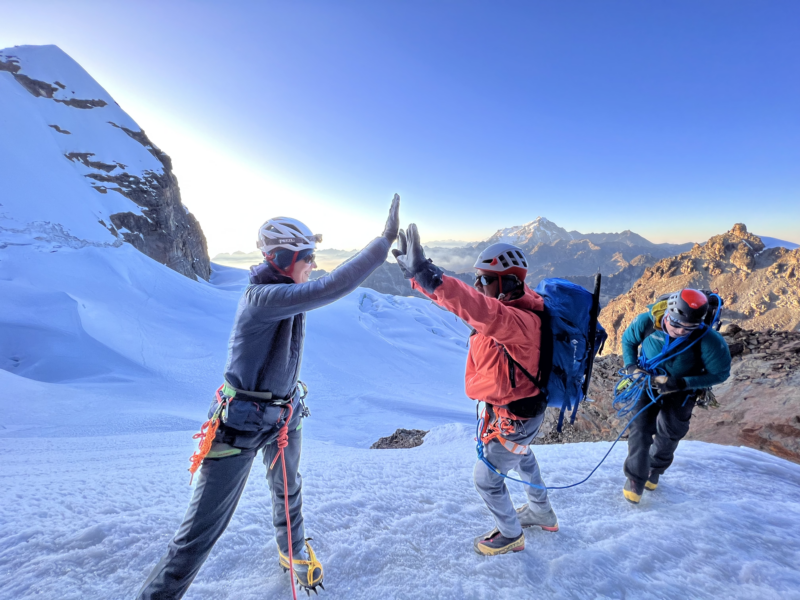
Climbing Culture in Bolivia Runs Deep
On the edge of the Central Andes mountains, Bolivia boasts a rich tapestry of climbing history and culture with deep roots in the country’s rugged terrain and indigenous heritage. Climbing in Bolivia traces its origins back centuries, intertwined with the traditions of indigenous communities who traversed the Andean mountains for trade, communication, and spiritual purposes.Read the story
- 32.653179° S, 70.010868° W Learn More
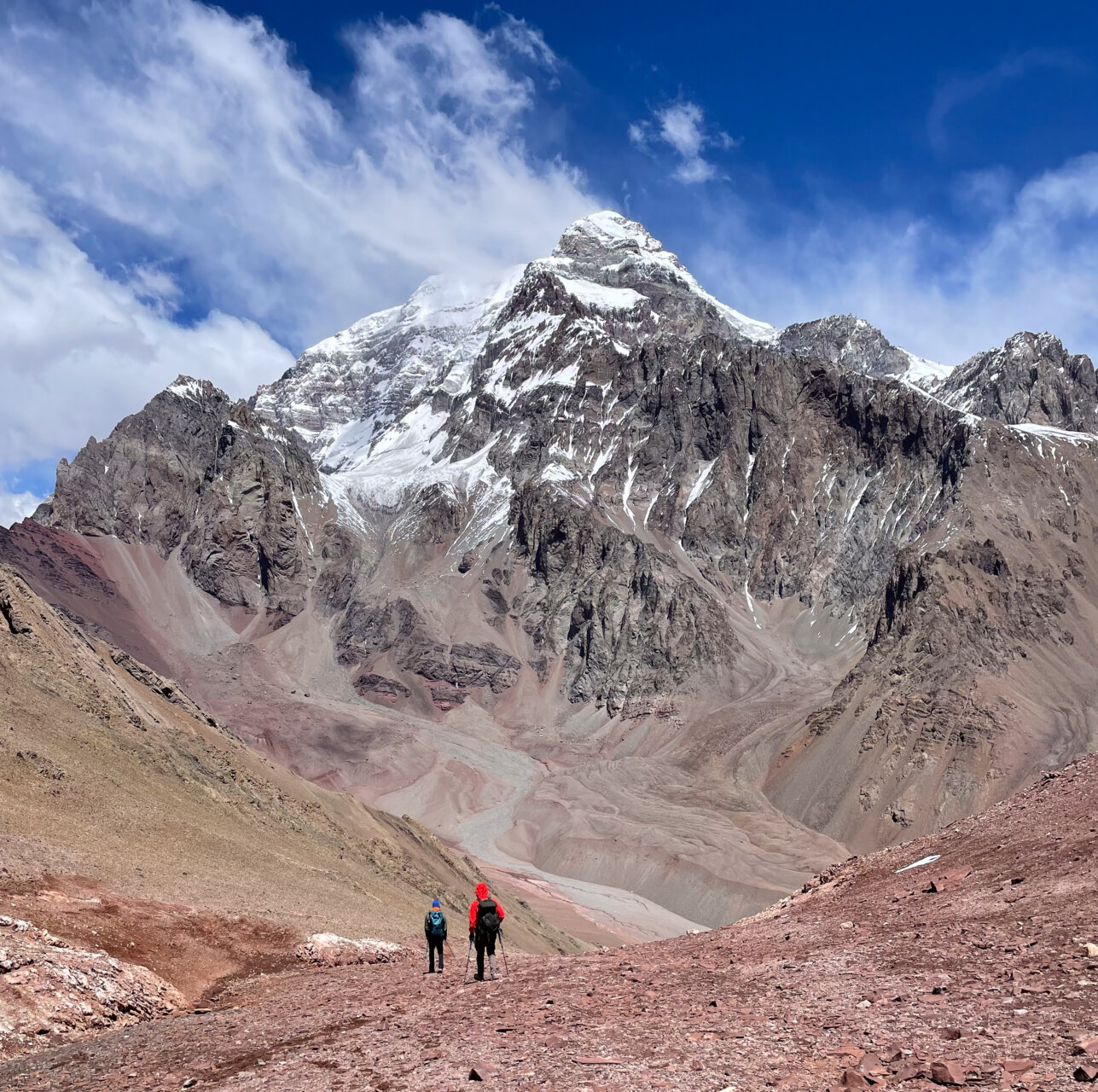
- 39.34° N, 72.88° E Learn More
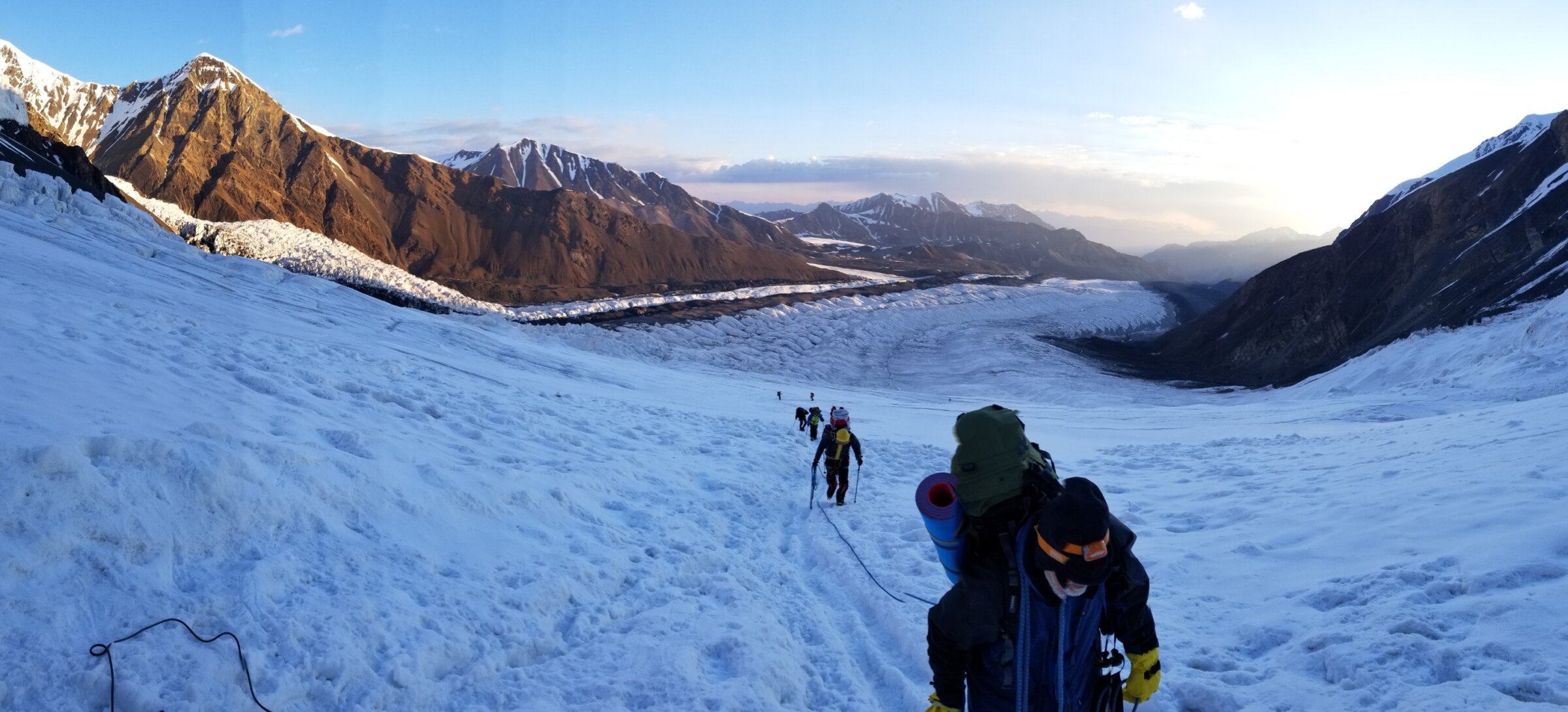
- Learn More
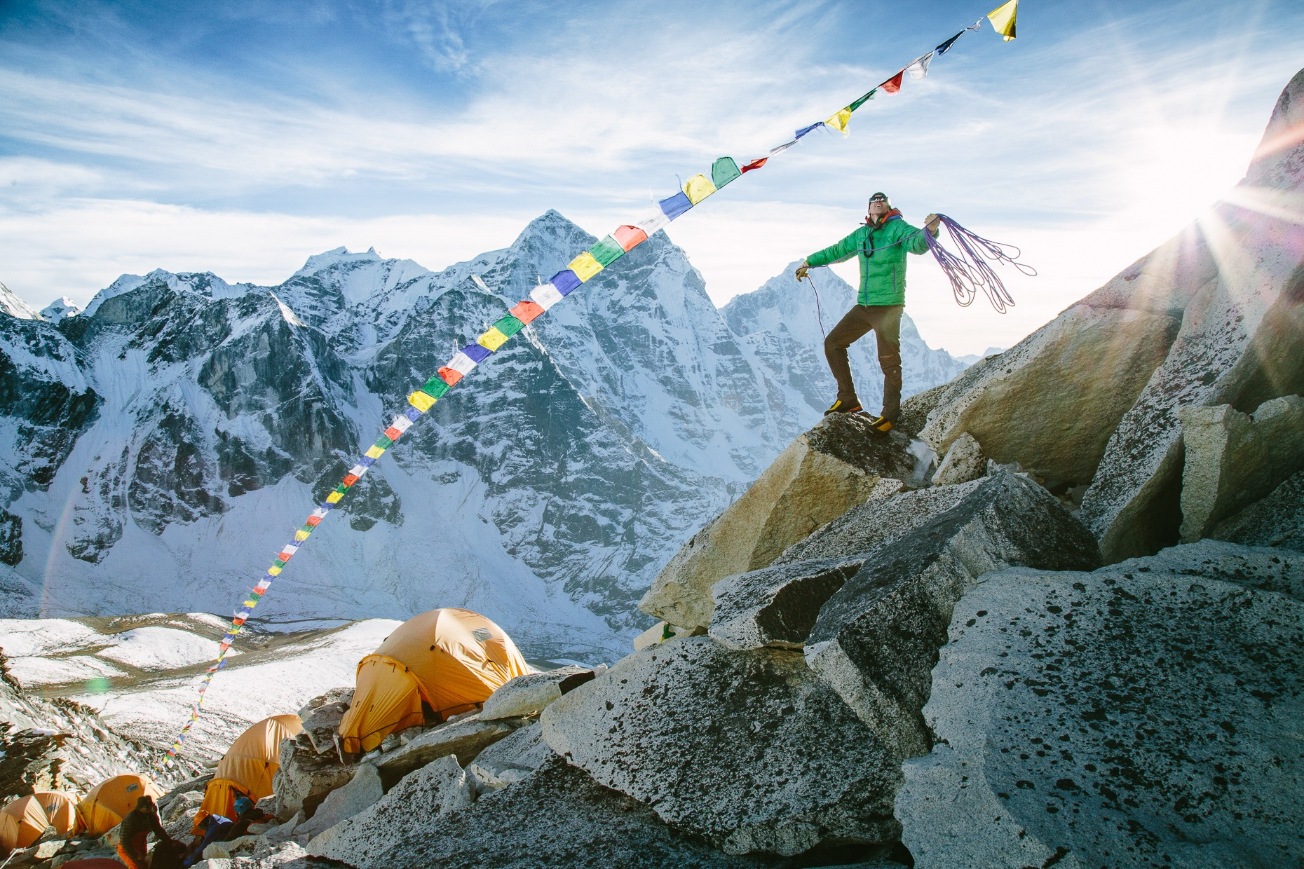
- Learn More
Alpamayo & Quitaraju
Advanced Next Available
June 28, 2026 – July 12, 2026 15 Days Cordillera Blanca, Peru